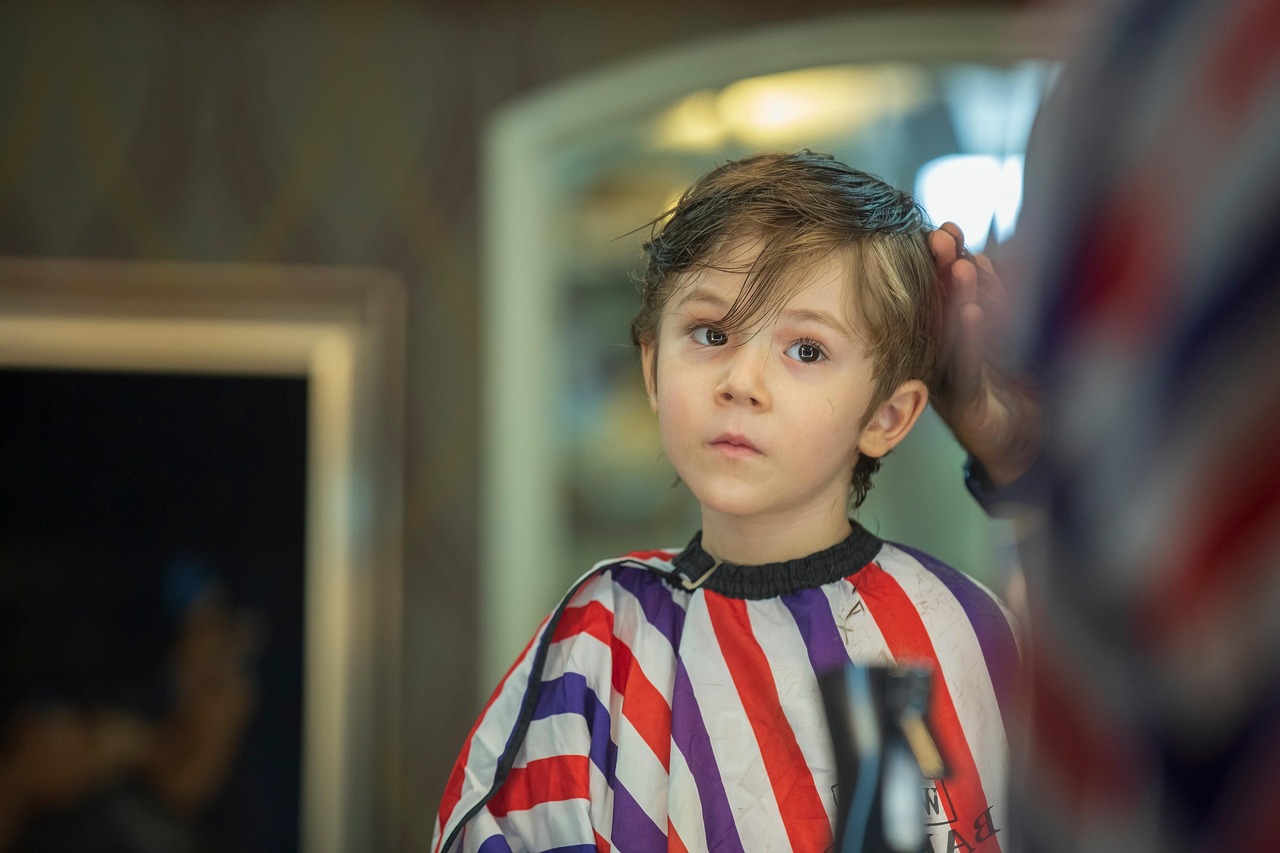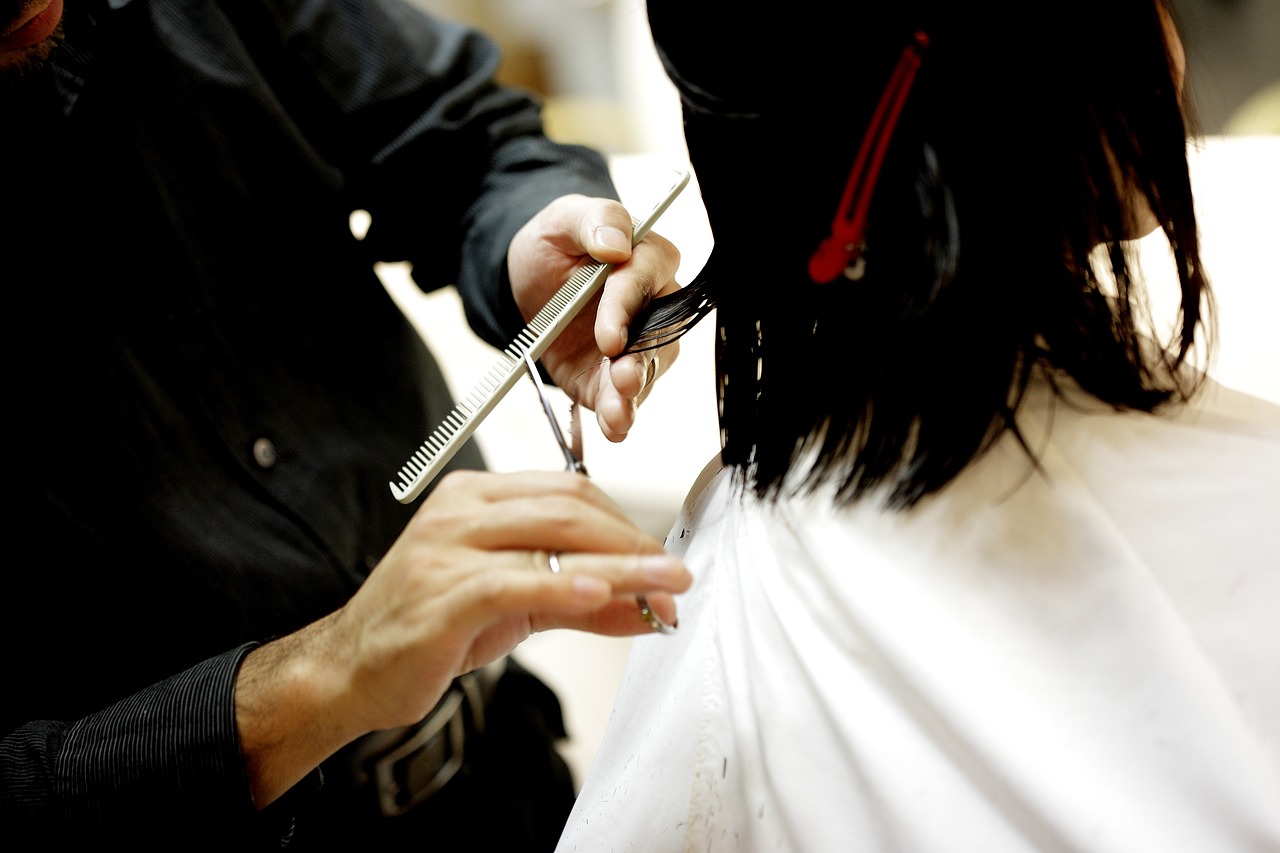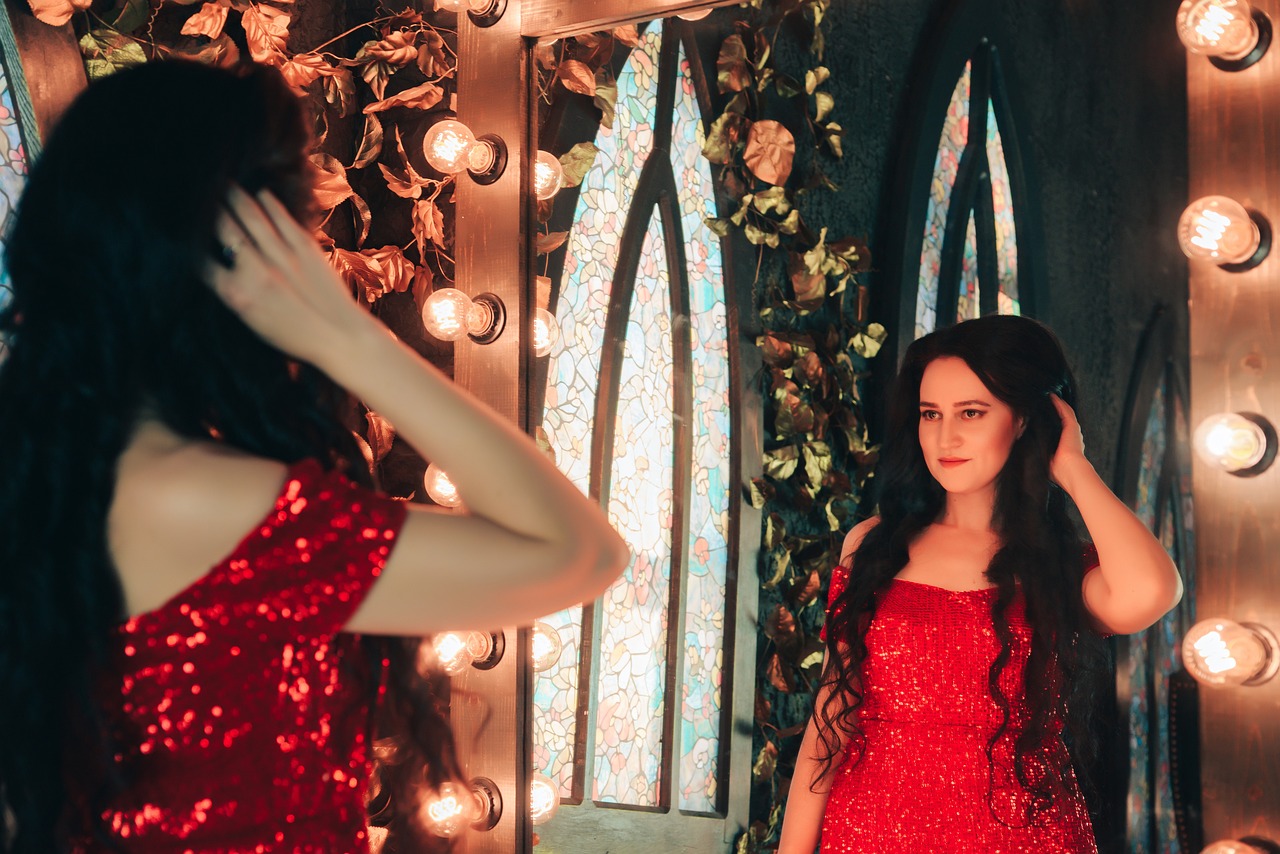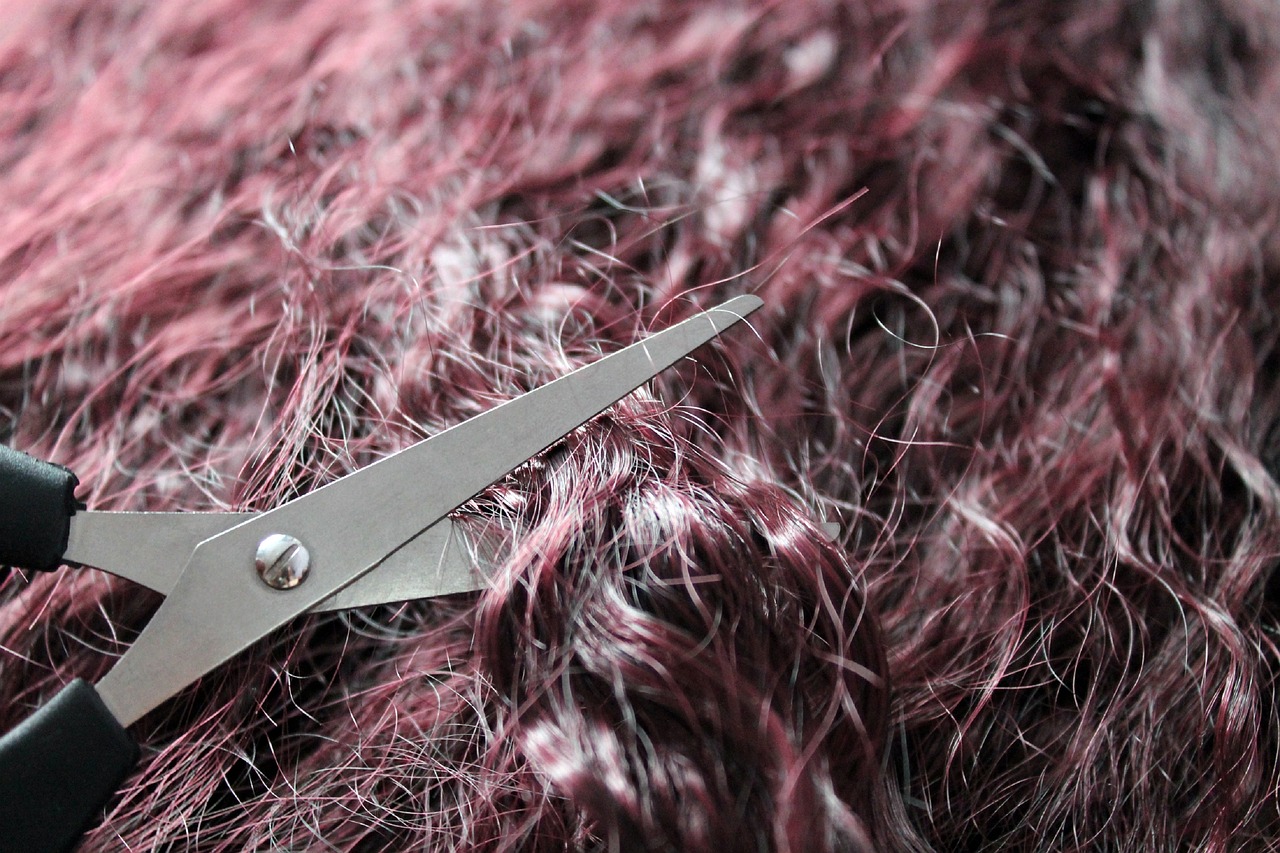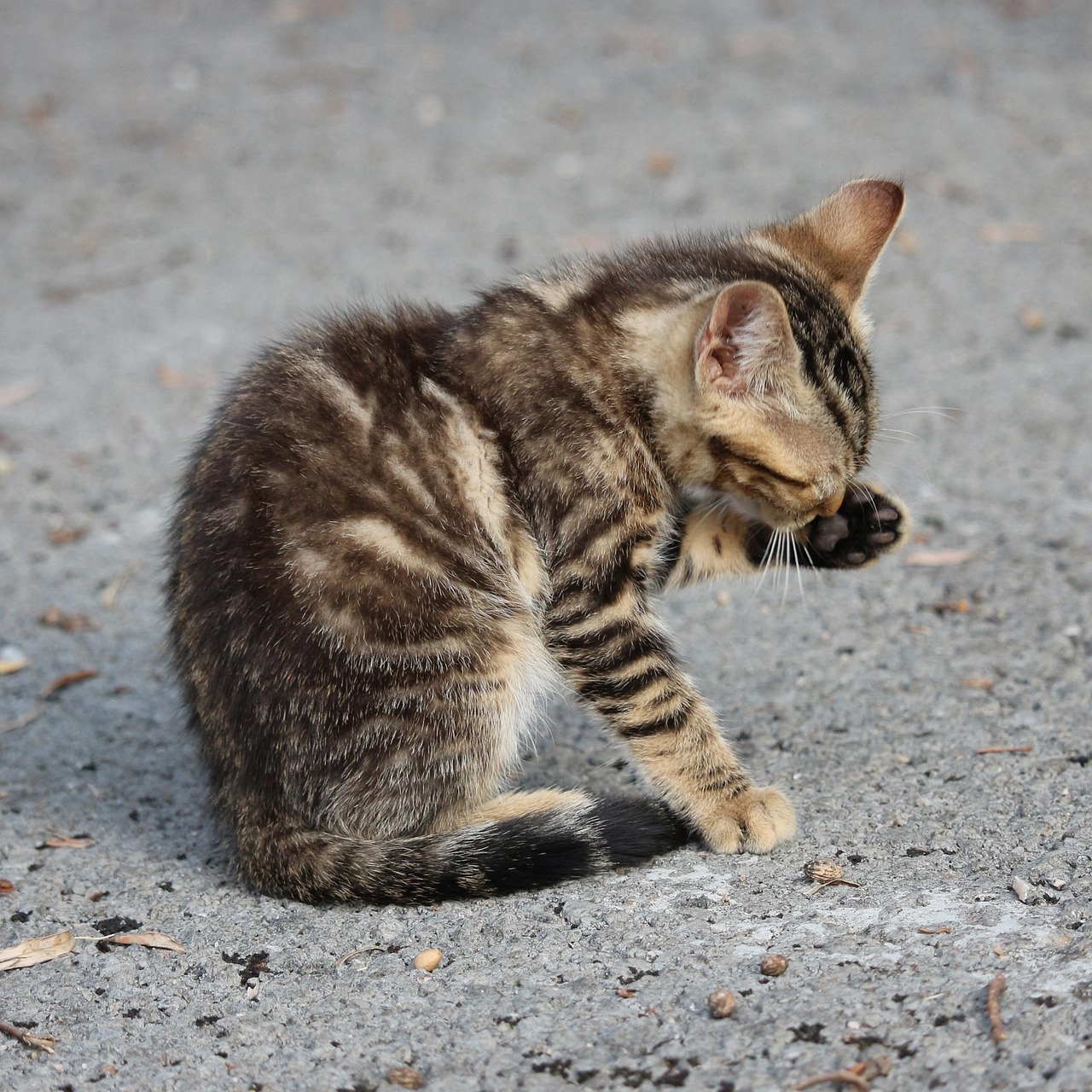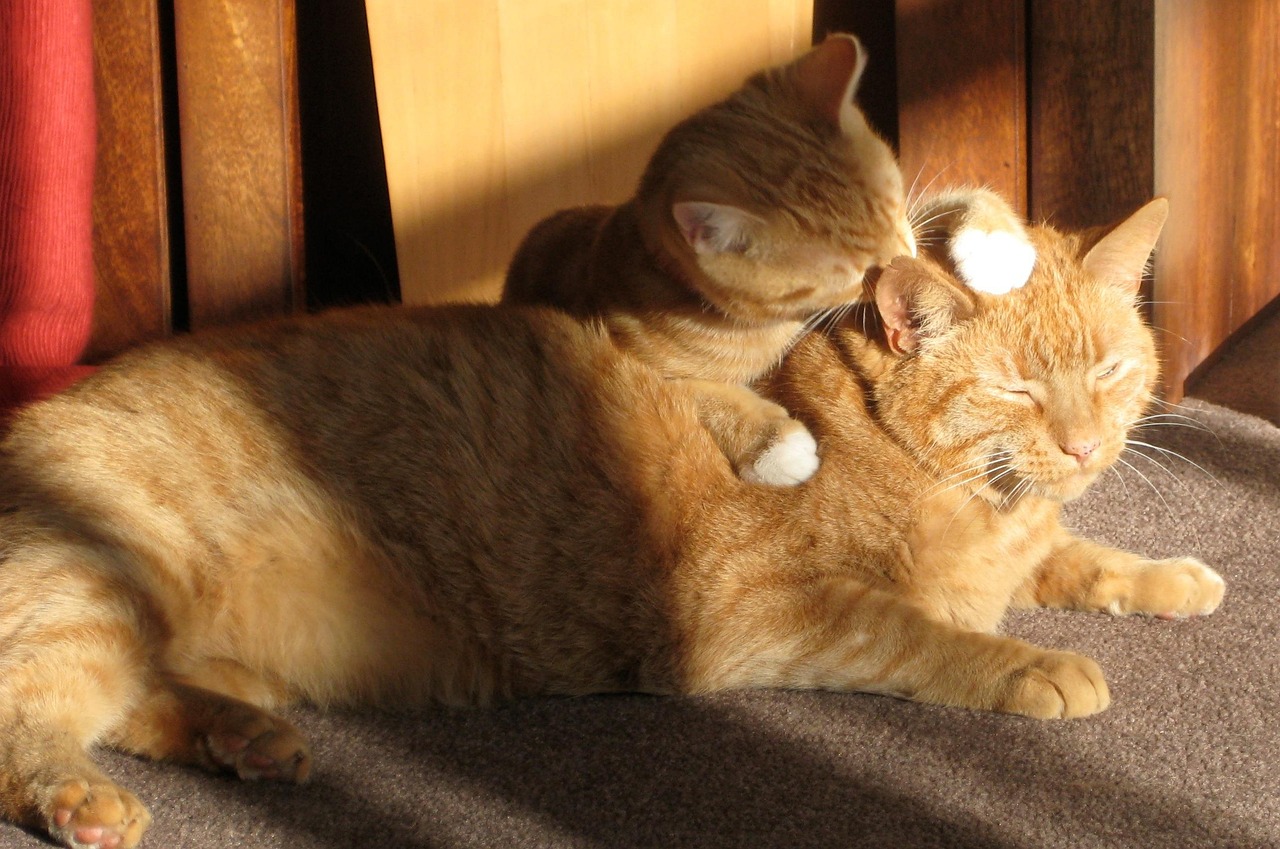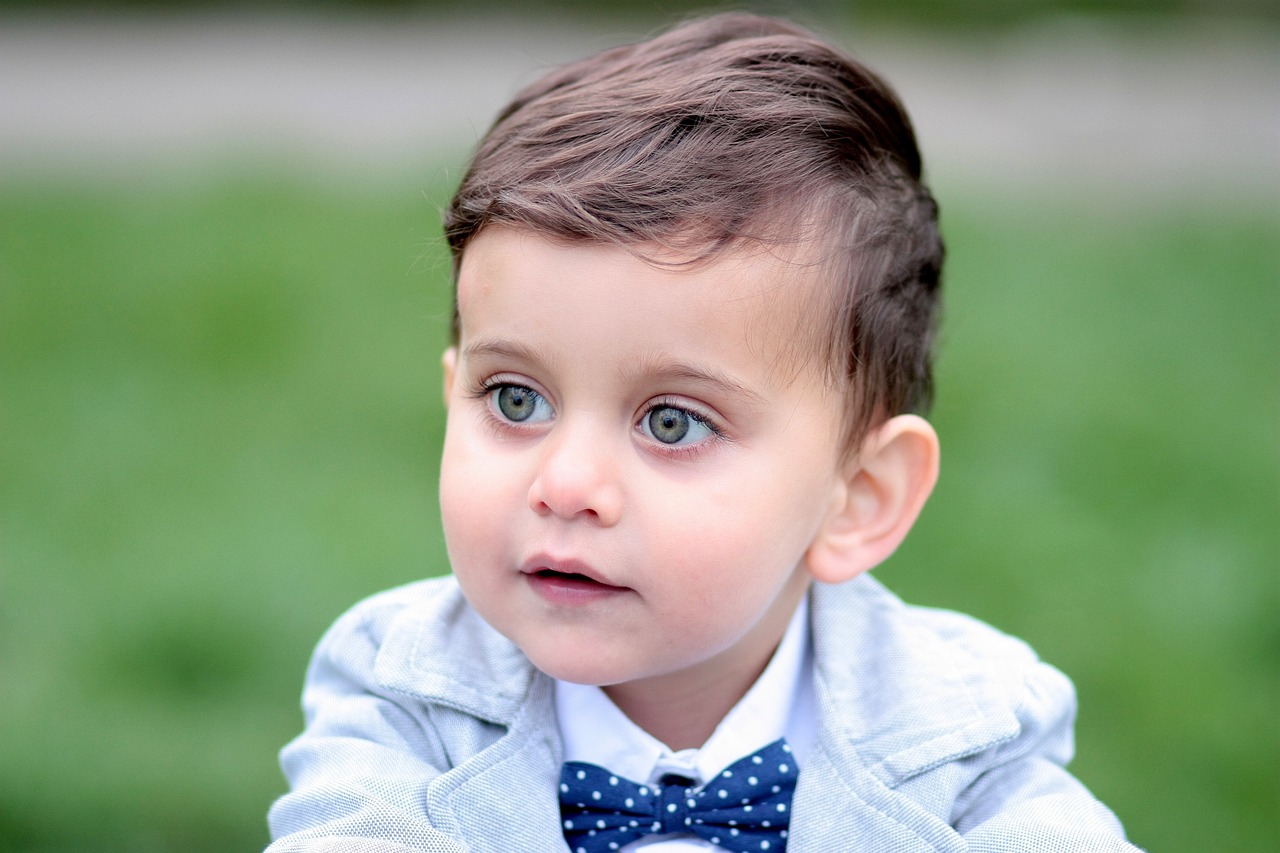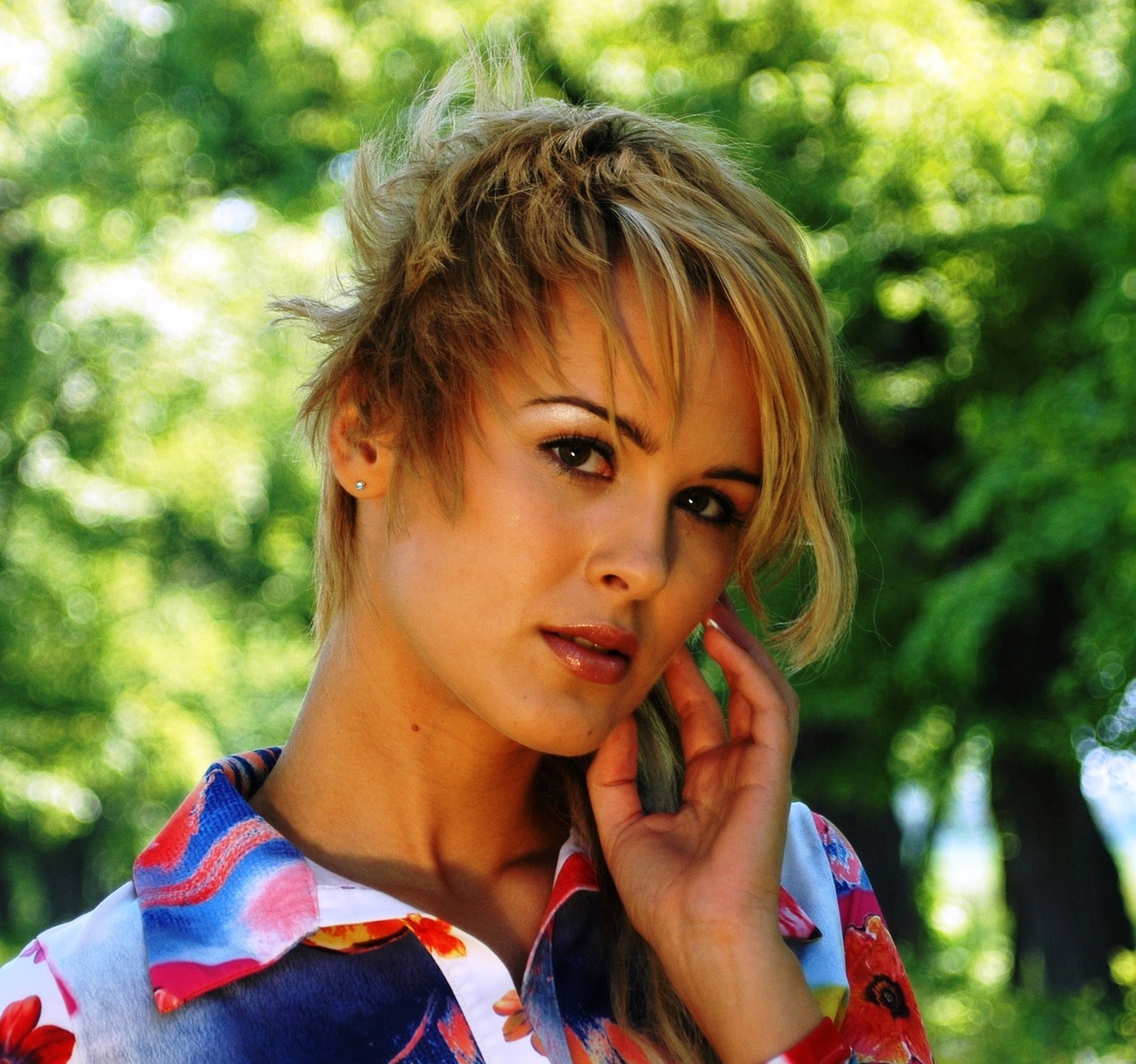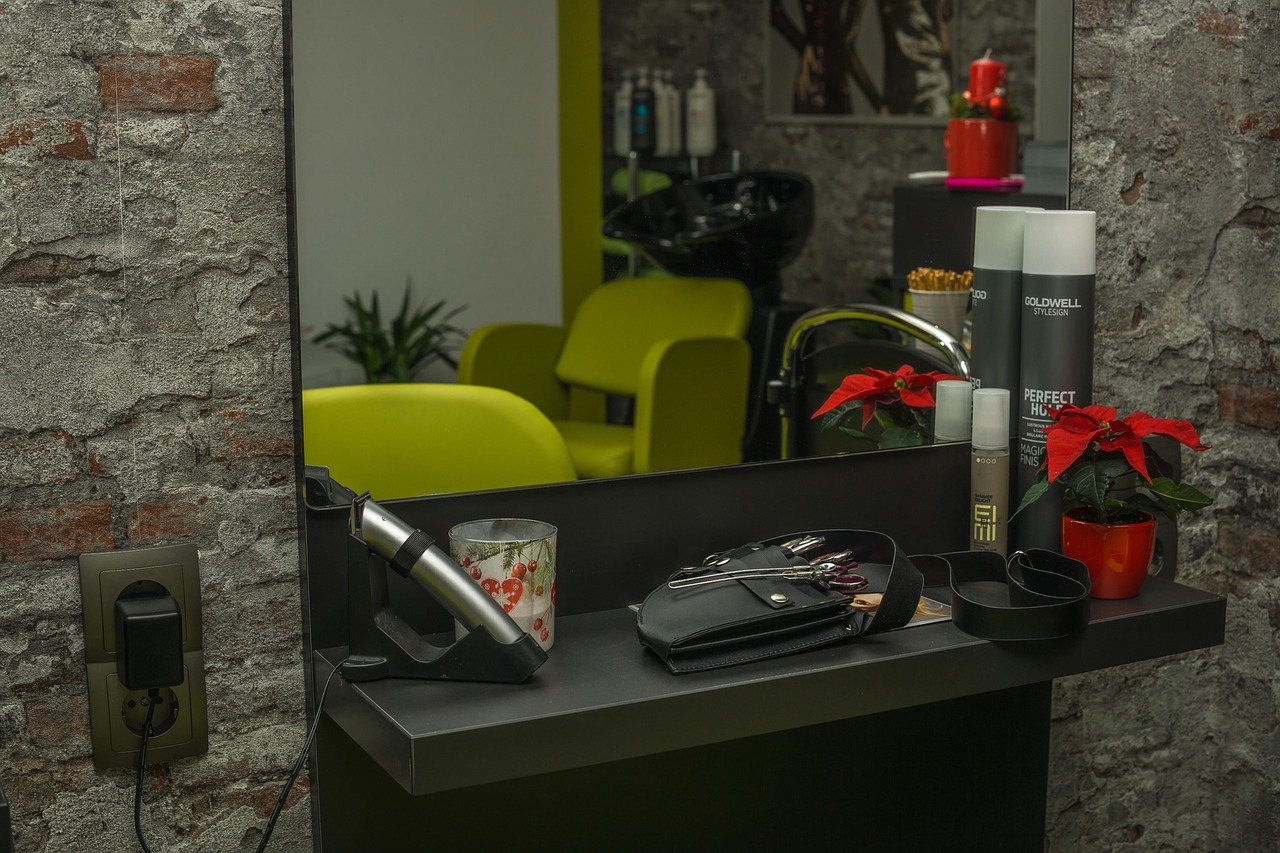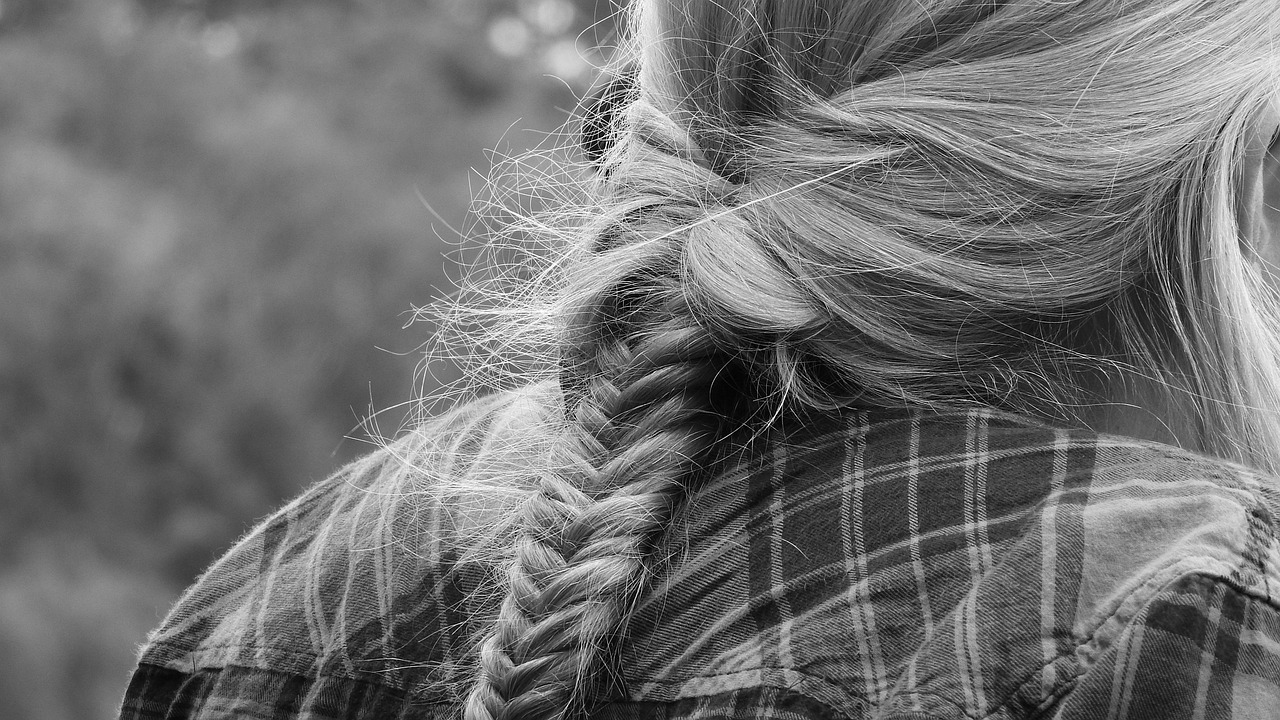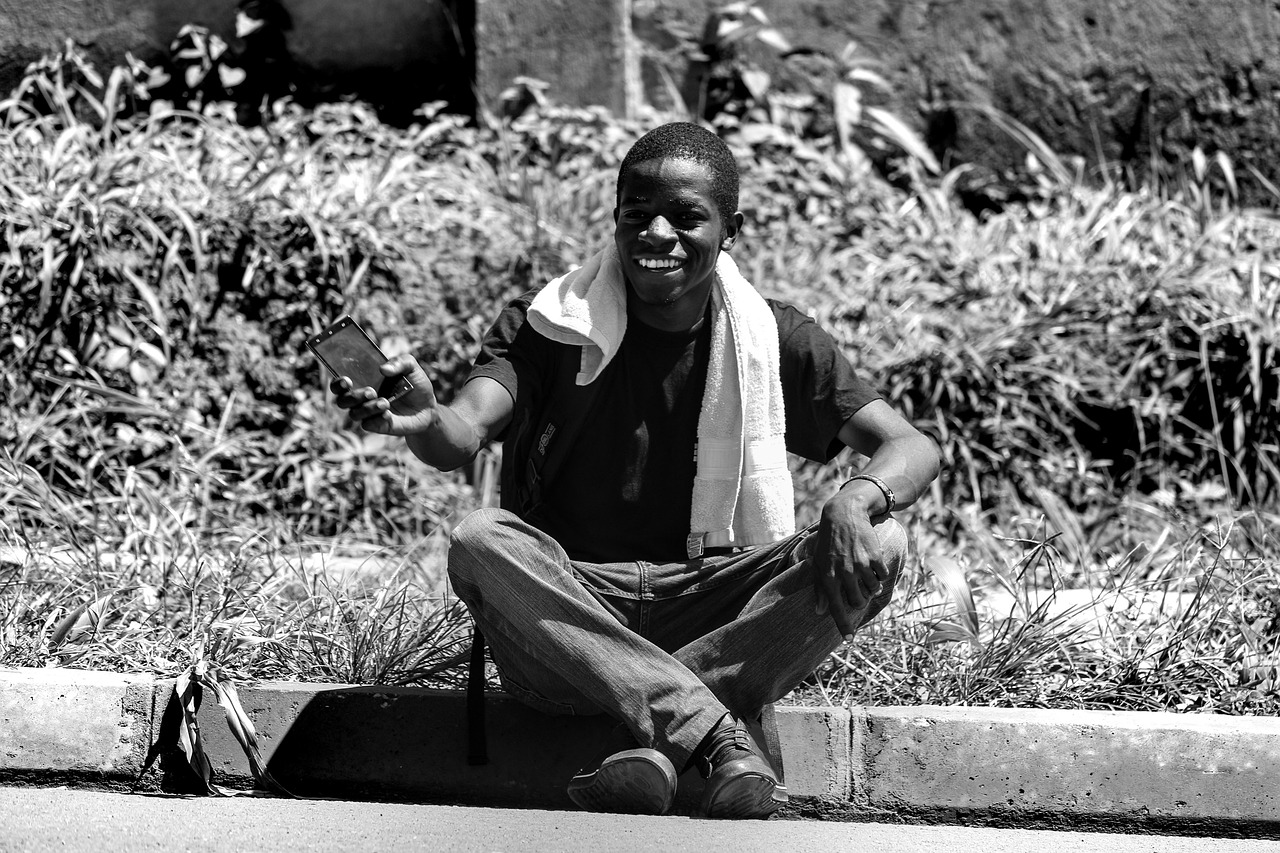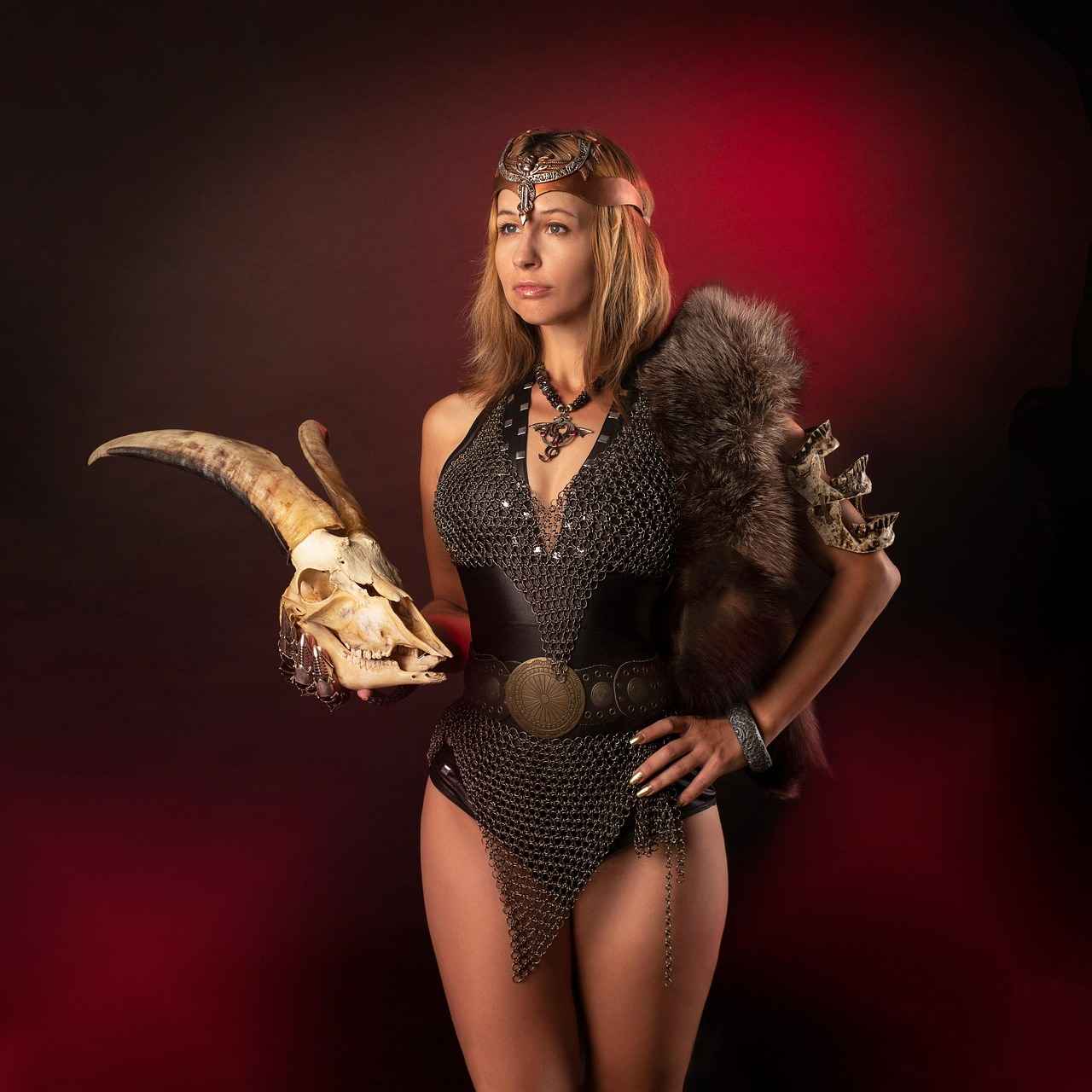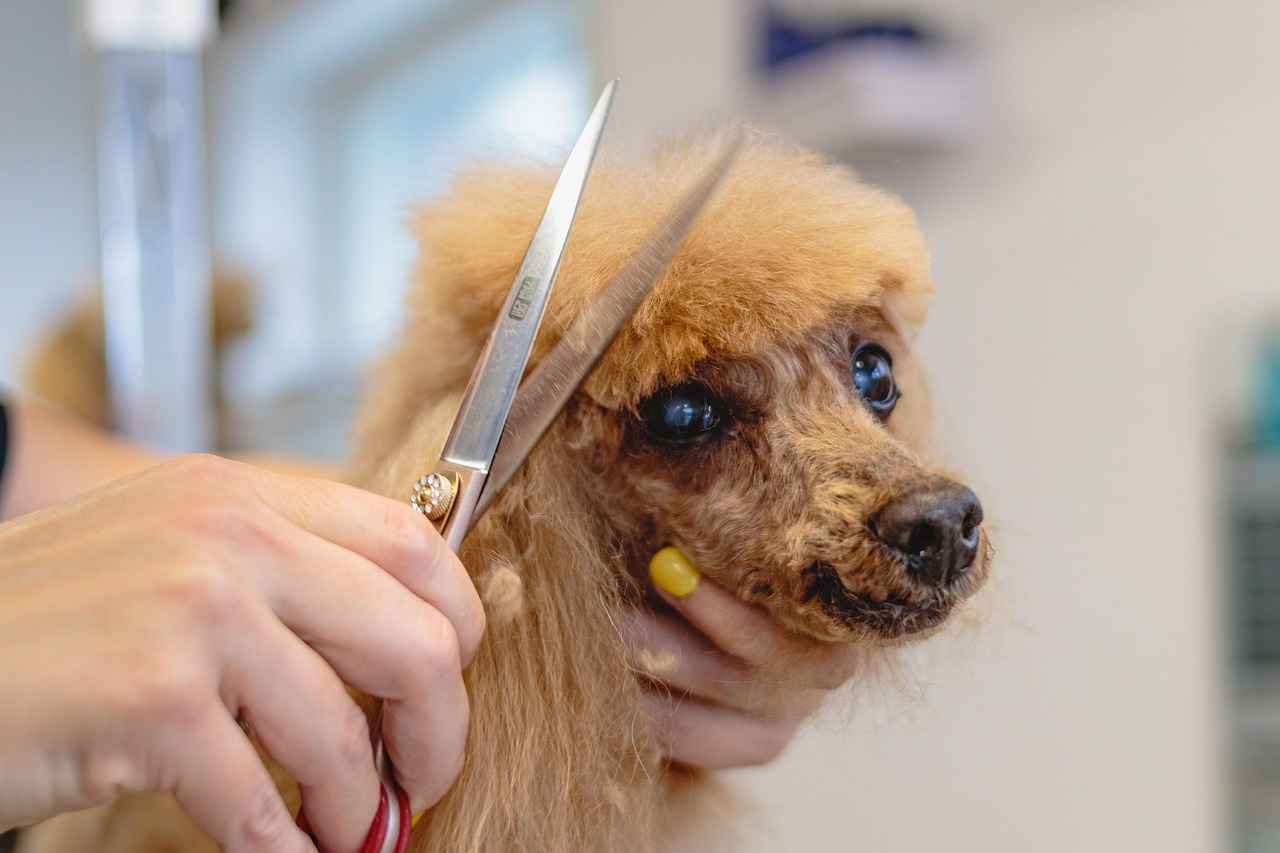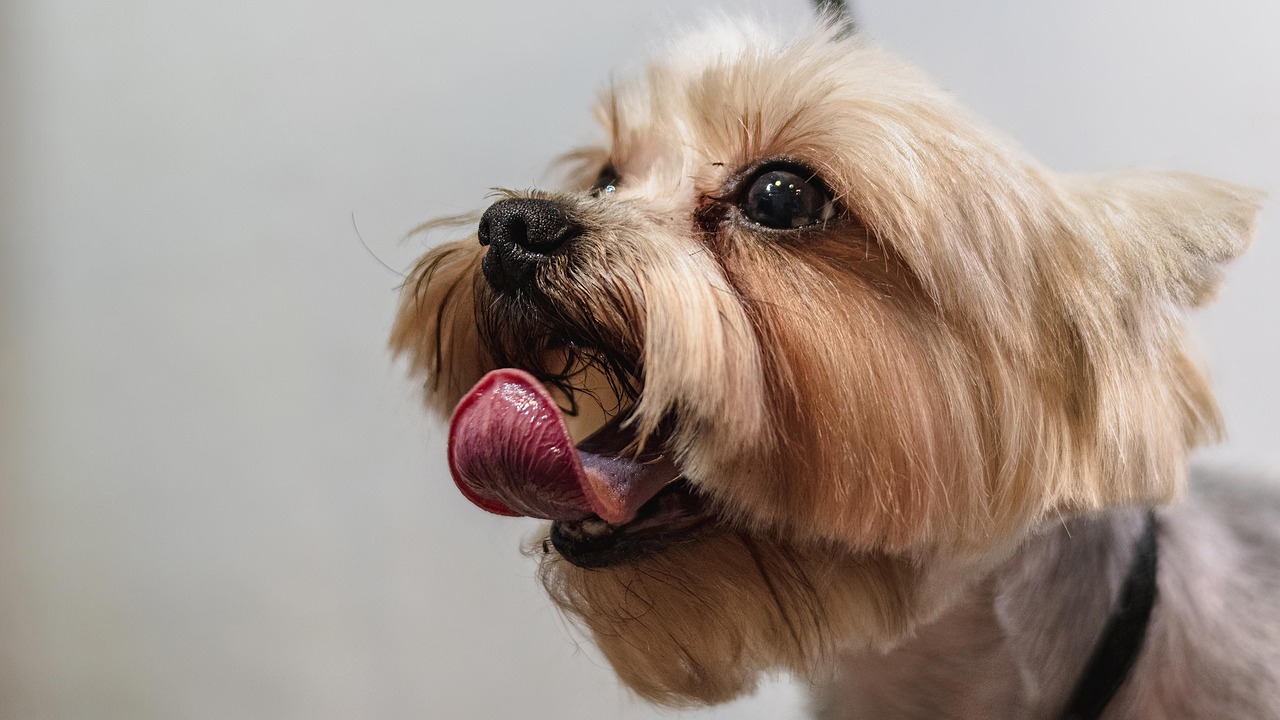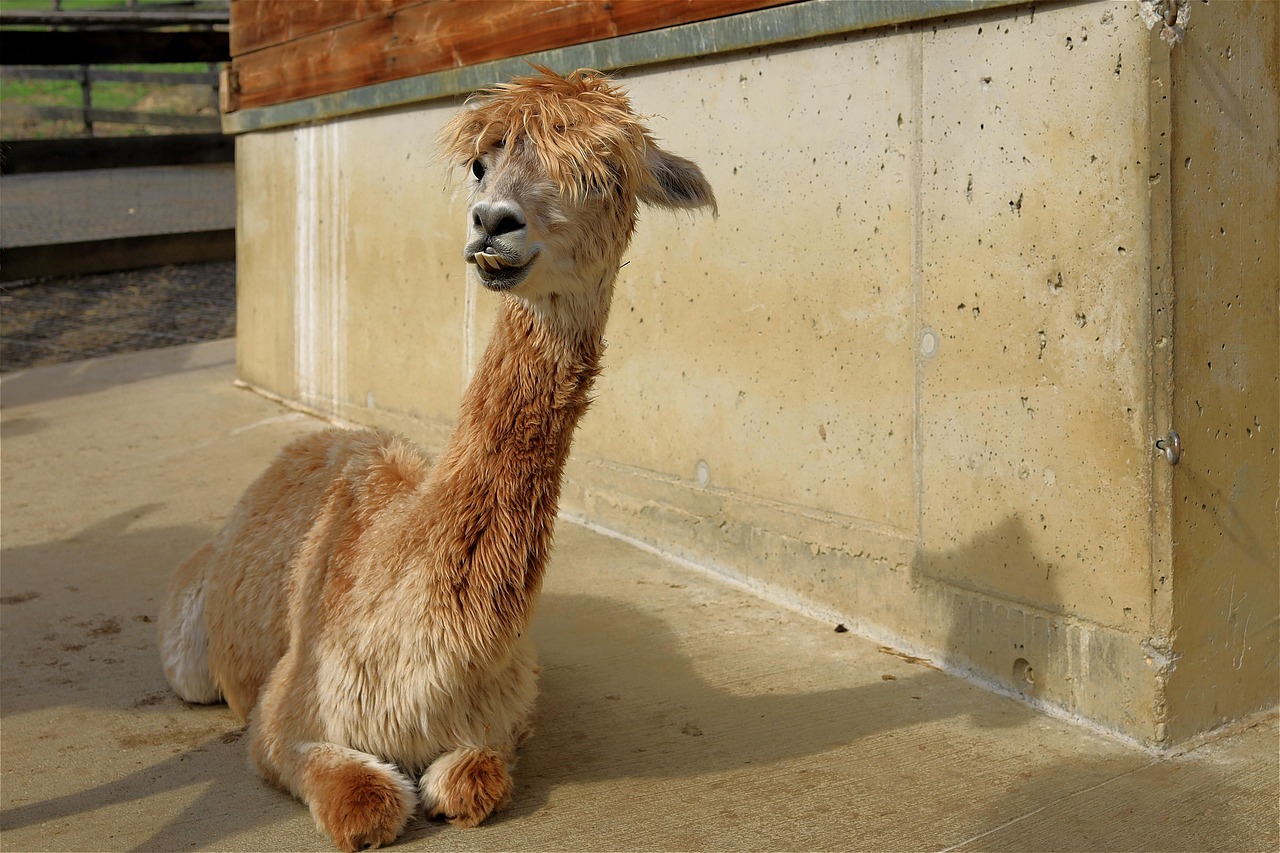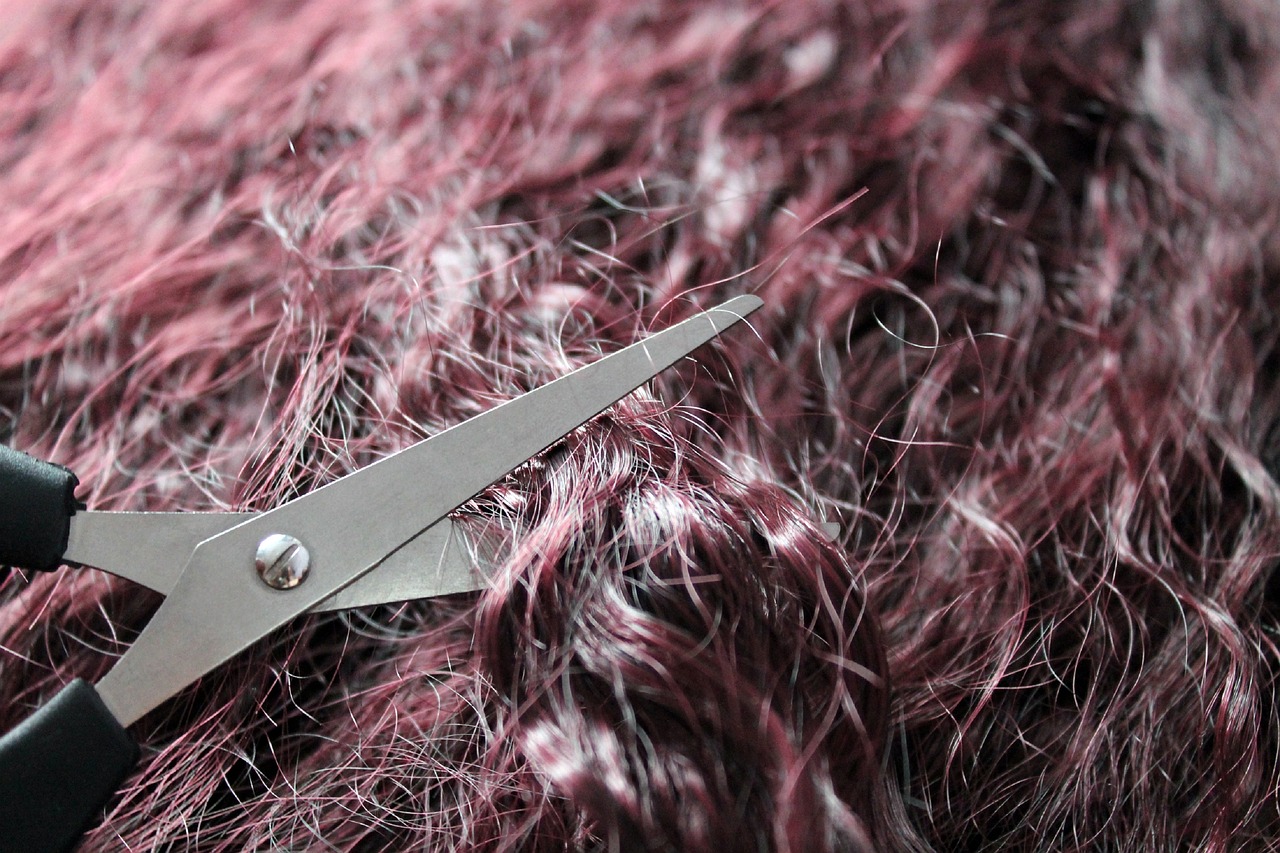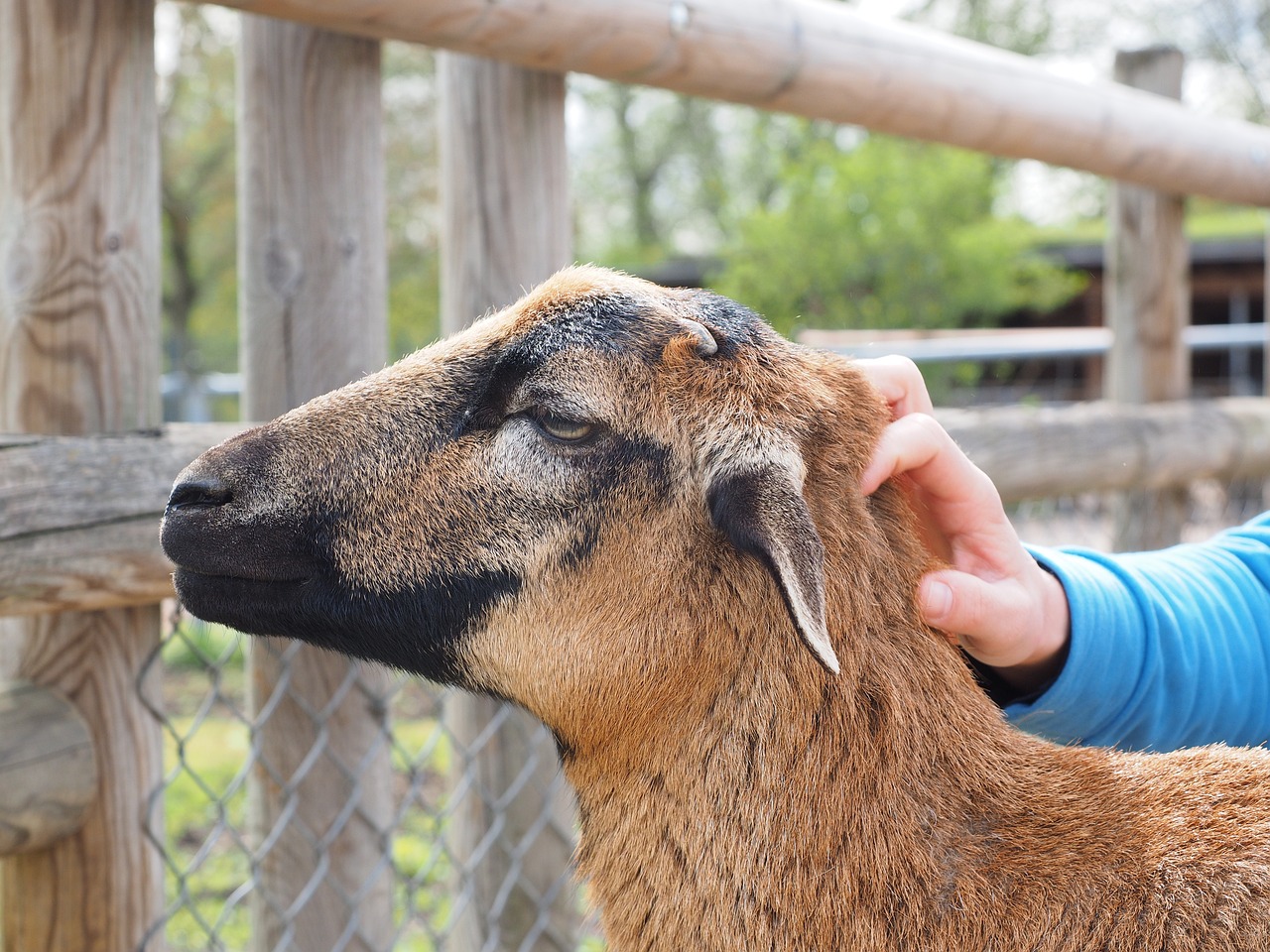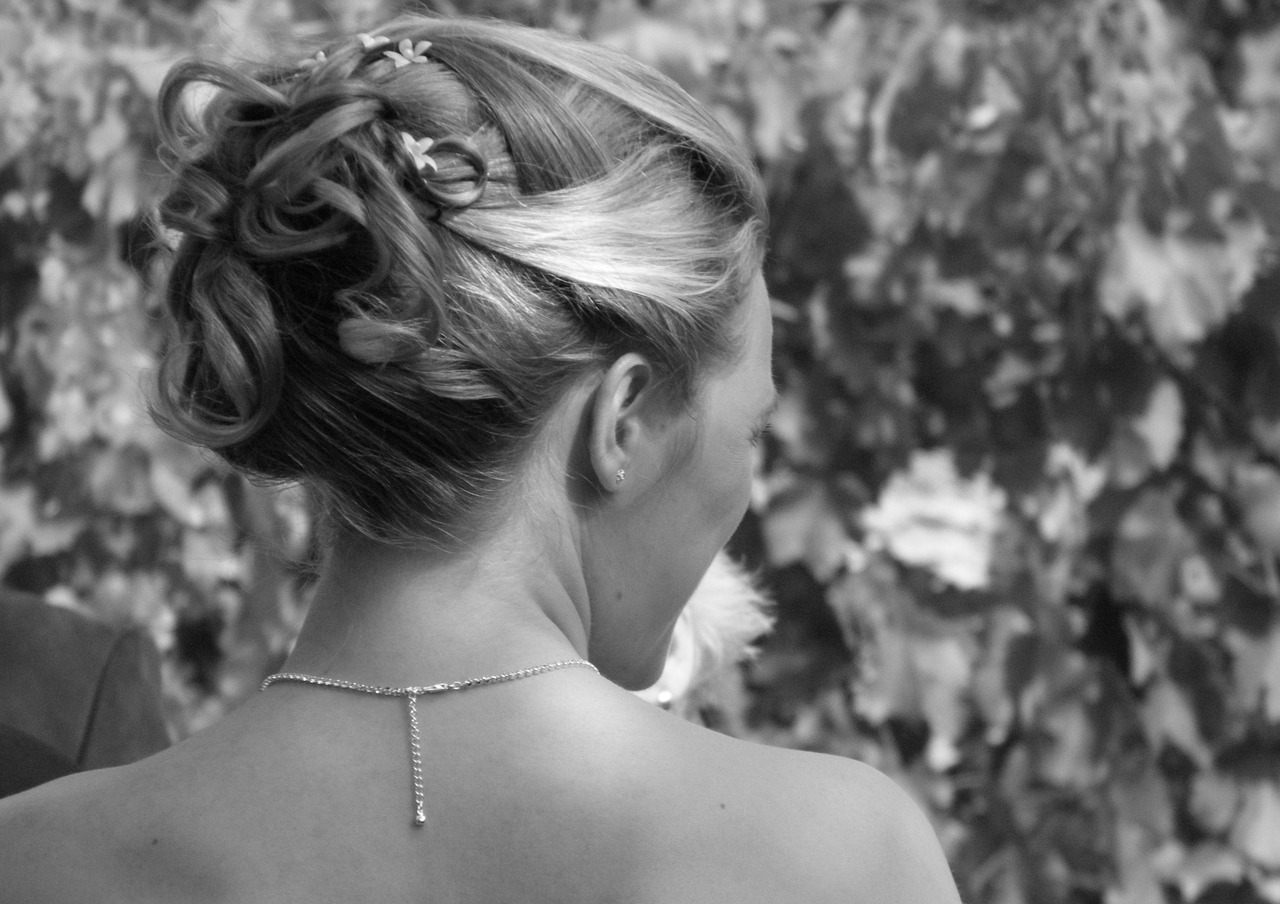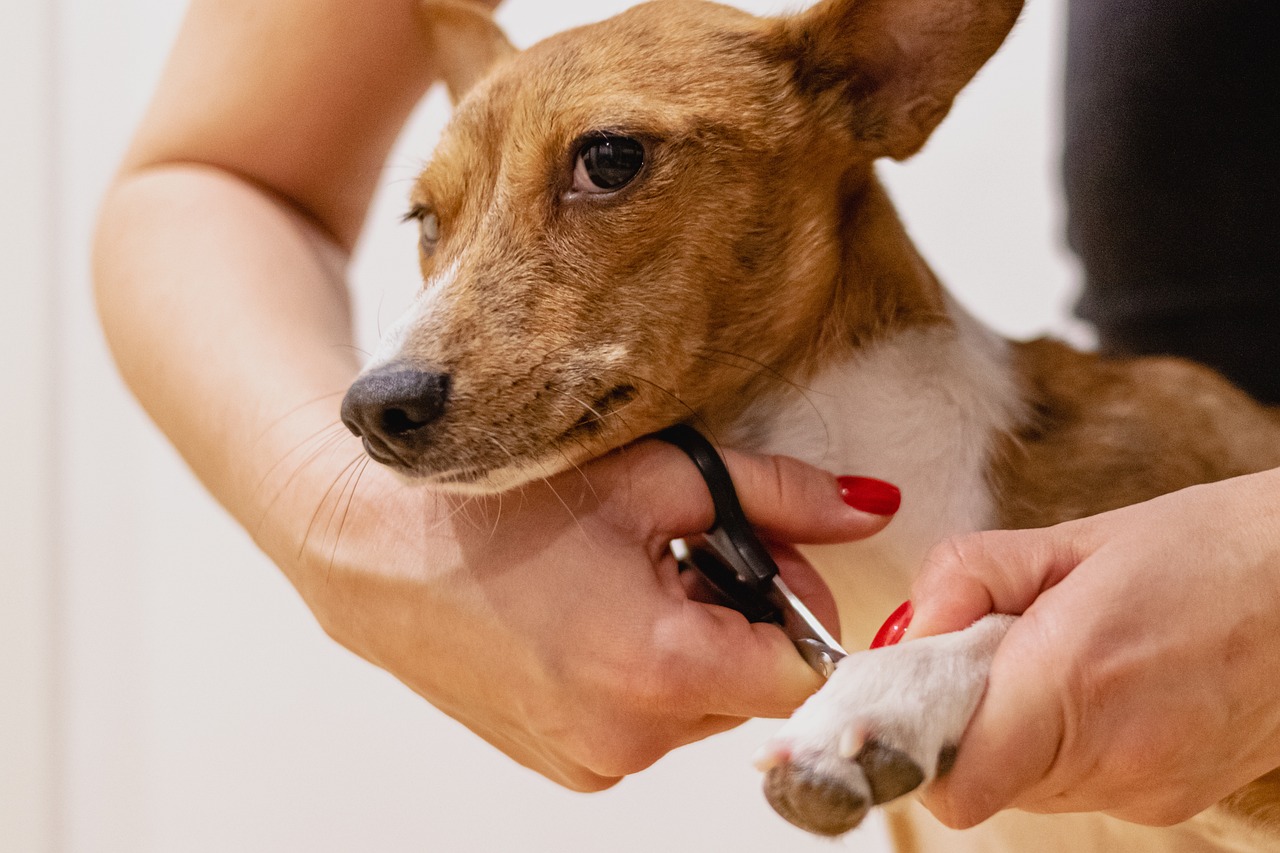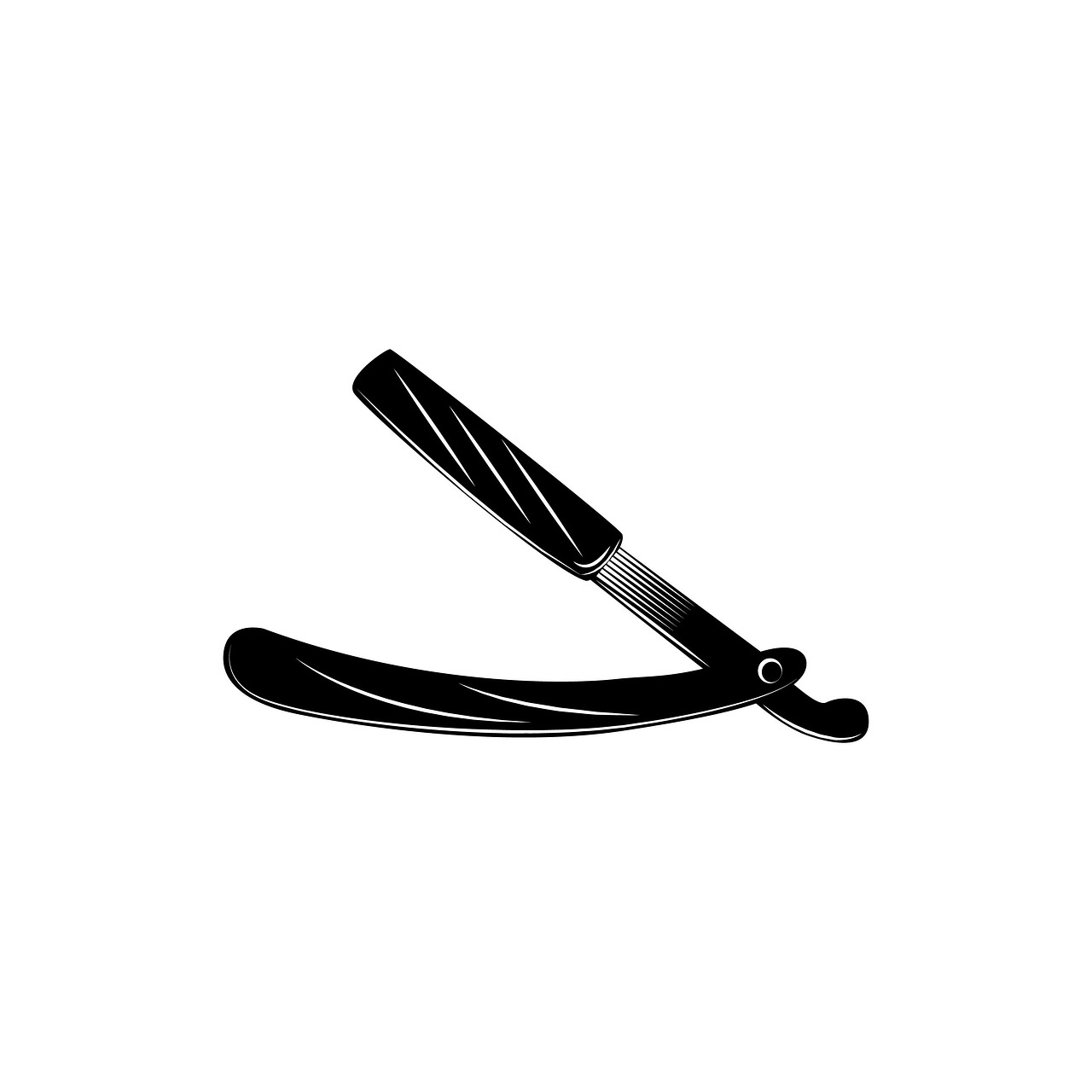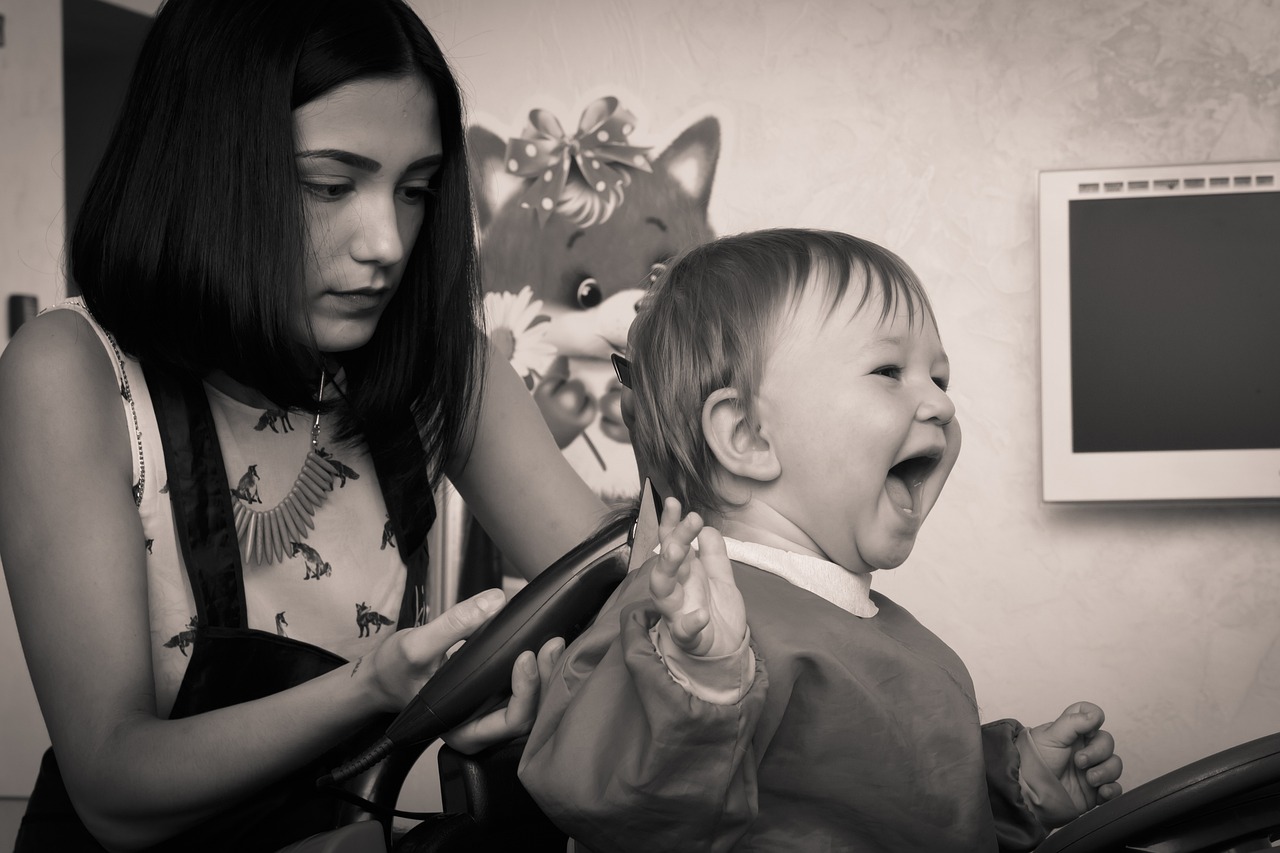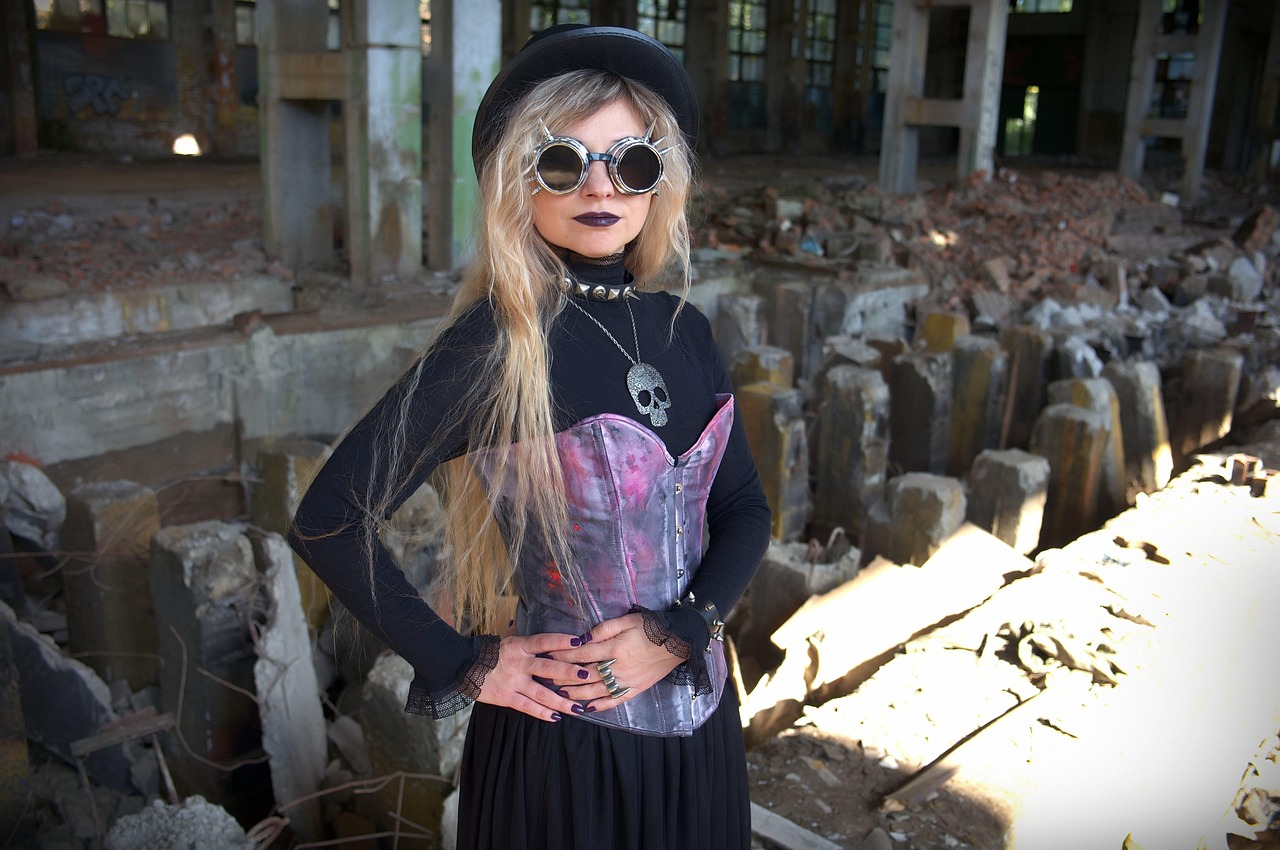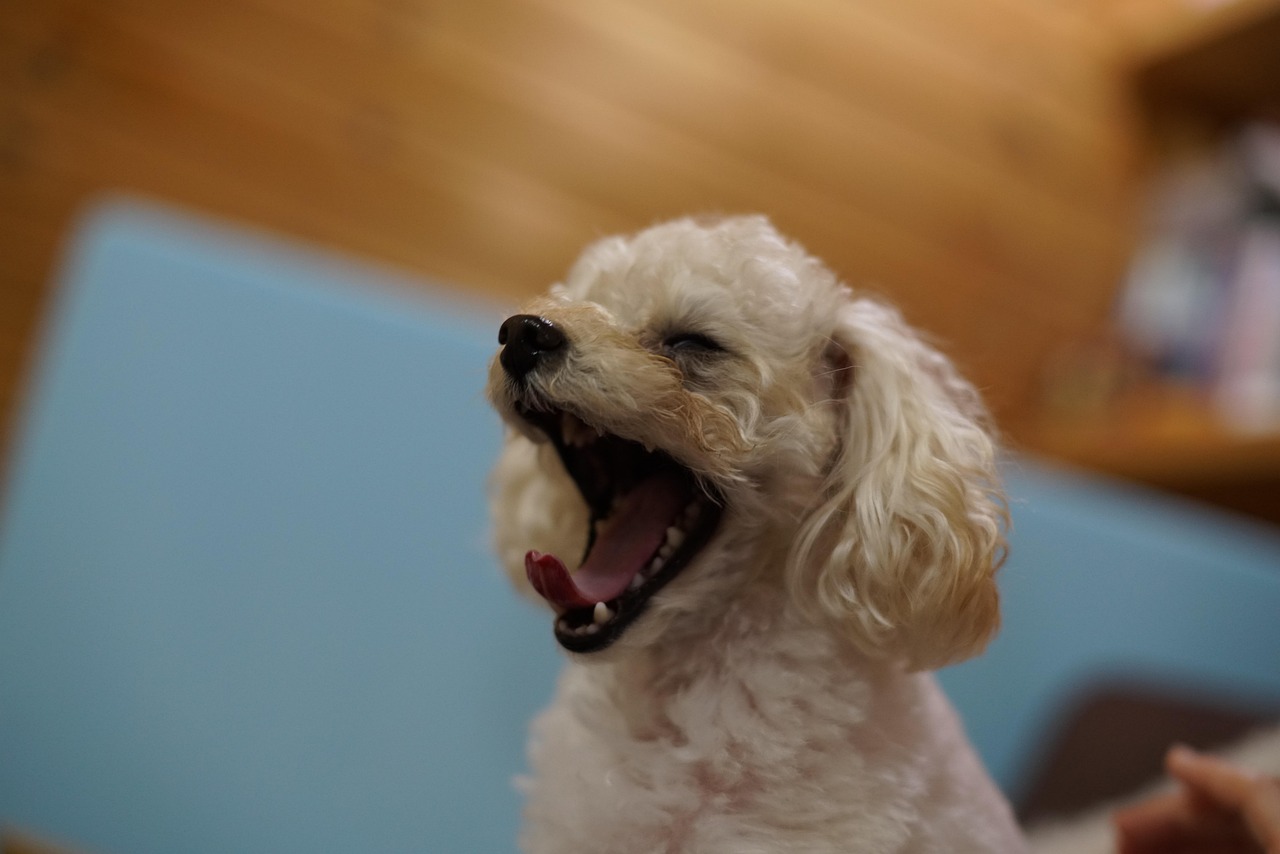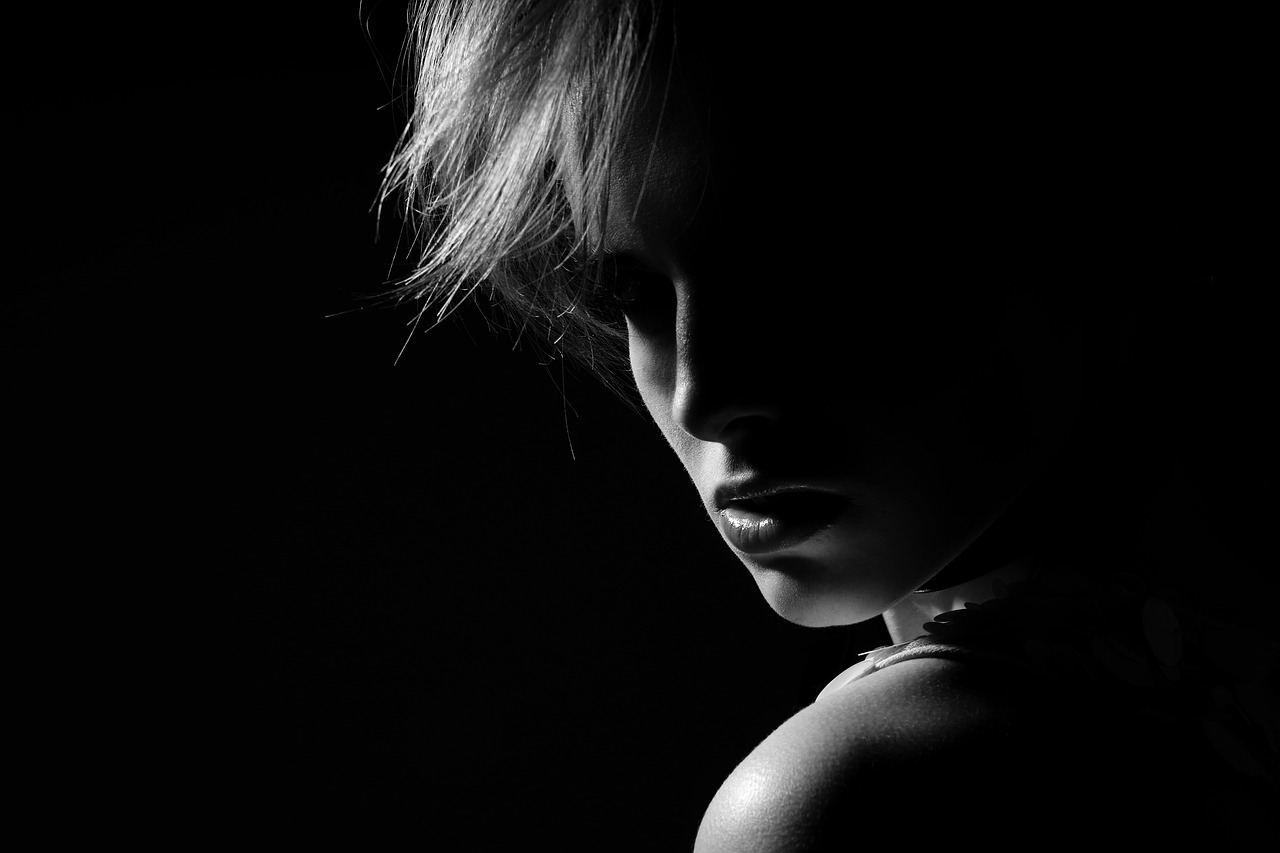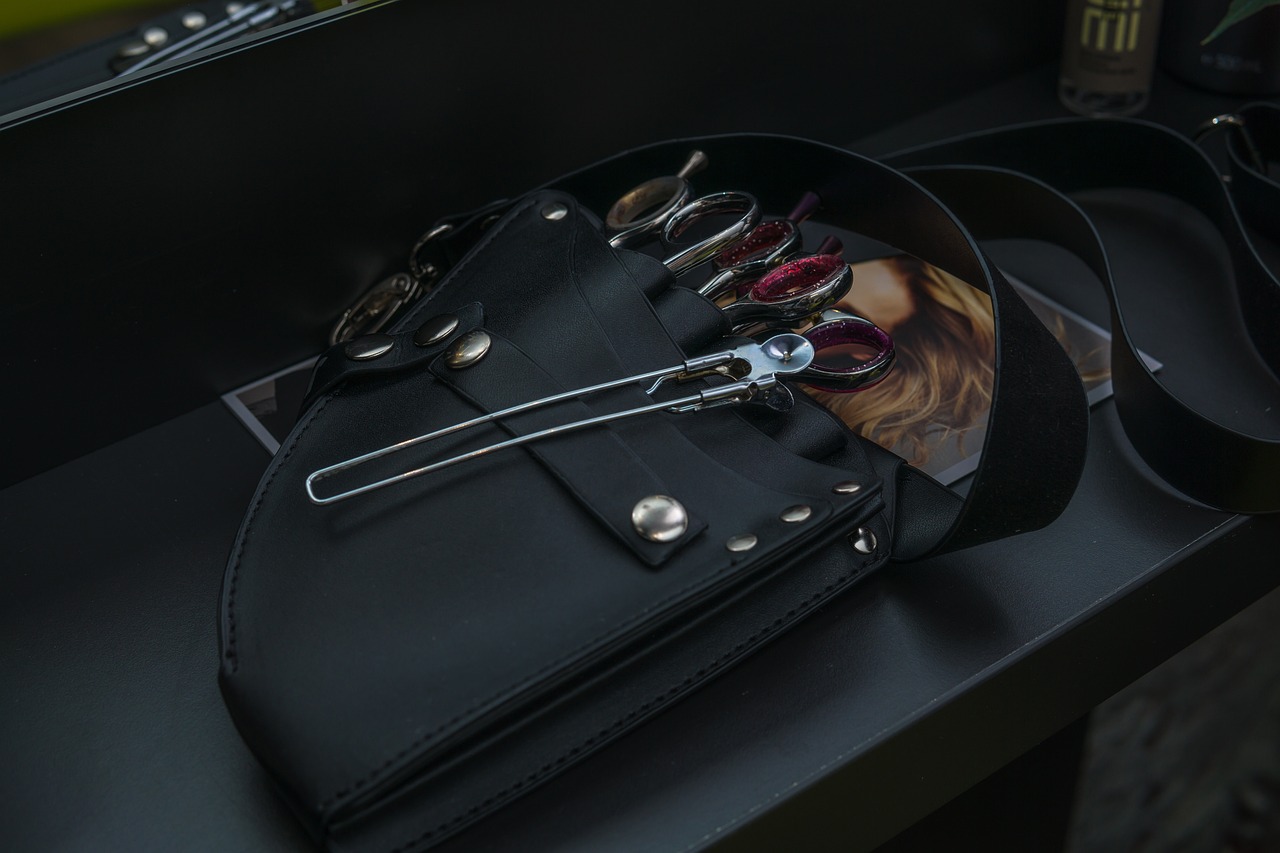This article delves into the fade haircut style for men, offering a comprehensive guide that covers various techniques, types, maintenance tips, and styling options. Whether you’re aiming for a classic look or a modern twist, understanding the fade haircut can help you achieve the perfect tapered style.
A fade haircut is defined by a smooth transition from short to longer hair, creating a seamless blend that enhances the overall appearance. This style is not only about aesthetics but also about expressing personal style. A well-executed fade can significantly elevate your look, making it essential to grasp the fundamentals.
Fade haircuts come in various forms, each catering to different styles and preferences. Understanding these types is crucial for selecting the right fade that complements your facial features and hair texture.
- Low Fade: This style begins just above the ears, offering a subtle transition that is ideal for a classic, understated appearance.
- Mid Fade: A versatile option that starts around the temple, the mid fade works well with a variety of hairstyles, making it popular among younger men.
- High Fade: Beginning higher on the head, this fade creates a bold contrast between the top and sides, perfect for those seeking a modern, edgy look.
Creating a flawless fade requires precision and skill. Here’s a step-by-step guide to help you or your barber craft an impeccable tapered look.
Investing in quality tools is vital for a successful fade. Essential tools include:
- Clippers with adjustable guards
- Sharp scissors for detailing
- A fine-tooth comb for precise styling
Follow this systematic approach:
1. Start with longer guard lengths for the top.2. Gradually work down to shorter lengths on the sides.3. Use a comb to blend the different lengths for a smooth transition.4. Regularly check symmetry and balance as you go.
Regular upkeep is essential to keep your fade looking sharp and stylish. Here are some effective maintenance tips:
Schedule trims every 3-4 weeks to preserve the shape and length of your fade. This routine helps prevent your haircut from growing out and losing its defined look.
Utilize quality styling products, such as pomade or wax, to enhance texture and hold. The right products can elevate your overall style, ensuring your fade remains polished.
Fade haircuts offer versatility in styling, allowing you to express your personality. Here are some popular options:
- Textured Top: A textured top paired with a fade adds depth and interest, especially for those with wavy or curly hair.
- Comb Over Fade: This classic style combines a neat appearance with the modern fade, suitable for both casual and formal occasions.
To achieve the best fade haircut, avoid these common pitfalls:
Going too short too quickly can result in an unbalanced look. Gradually blending the lengths ensures a more harmonious and appealing fade.
Ignoring your natural hair texture can lead to a style that doesn’t suit you. Always consider your hair type when choosing a fade and styling options.
In summary, understanding the intricacies of fade haircuts can greatly enhance your styling experience. By knowing the types, maintenance, and styling options available, you can confidently achieve the perfect tapered look that reflects your unique style.

What is a Fade Haircut?
A fade haircut is a popular choice among men, characterized by a gradual transition from short to longer hair, creating a seamless blend that enhances the overall look. Understanding the fundamentals of a fade is essential for achieving the desired style. This versatile haircut can suit various face shapes and personal styles, making it a go-to option for many. In this article, we will dive deeper into the intricacies of fade haircuts, exploring their types, maintenance tips, and styling options.
Choosing a fade haircut can transform your appearance significantly. The clean lines and smooth transitions not only add dimension to your hairstyle but also provide a polished look suitable for both casual and formal occasions. Additionally, fade haircuts can complement various hair types and textures, making them an adaptable choice for anyone.
There are several variations of fade haircuts, each offering unique aesthetics. Knowing the differences helps you choose the right style that complements your face shape and hair type.
- Low Fade: The low fade starts just above the ears and gradually blends into longer hair on top. This subtle style is perfect for those seeking a classic, understated look.
- Mid Fade: The mid fade offers a balanced transition that begins around the temple area. This versatile option works well with various hairstyles and is popular among younger men.
- High Fade: A high fade begins higher on the head, creating a dramatic contrast between the top and sides. This bold style is often chosen for its edgy appearance and modern flair.
Achieving a perfect fade requires skill and precision. Here’s a step-by-step guide to help you or your barber create a flawless tapered look.
- Choosing the Right Tools: Using the appropriate tools is crucial for a successful fade. Invest in quality clippers, scissors, and combs to ensure a clean and professional finish.
- Step-by-Step Process: Follow a systematic approach: start with longer guard lengths, gradually work your way down, and blend the different lengths for a smooth transition. Practice makes perfect!
Regular maintenance is key to keeping your fade looking sharp. Here are some tips to ensure your haircut remains fresh and stylish:
- Regular Trims: Schedule trims every 3-4 weeks to maintain the shape and length of your fade. This will prevent your haircut from growing out and losing its defined look.
- Styling Products: Utilize styling products like pomade or wax to enhance texture and hold. Choosing the right products can elevate your overall style and keep your fade looking polished.
Fade haircuts are versatile and can be styled in various ways. Explore different styling options to express your personality and preferences:
- Textured Top: A textured top paired with a fade adds dimension and interest. This style works well with wavy or curly hair and is perfect for a casual, relaxed look.
- Comb Over Fade: The comb-over fade is a classic style that combines a neat appearance with the modern fade. This versatile look can be dressed up or down for any occasion.
Avoiding common pitfalls can help you achieve the best fade haircut. Here are some mistakes to watch out for during the styling process:
- Overly Short Fades: Going too short too quickly can lead to an unbalanced look. Gradually blending the lengths ensures a more harmonious and appealing fade.
- Neglecting Hair Texture: Ignoring your natural hair texture can result in a style that doesn’t suit you. Always consider your hair type when choosing a fade and styling options.
In summary, a fade haircut is not just a trend; it is a timeless style that can enhance any man’s look. By understanding the different types of fades, how to achieve them, and how to maintain them, you can ensure that your hairstyle remains fresh and stylish. Whether you prefer a subtle low fade or a bold high fade, the key is to choose a style that complements your personal aesthetic and hair type.

Types of Fade Haircuts
When it comes to men’s hairstyles, fade haircuts have gained immense popularity due to their versatility and modern appeal. Understanding the available can significantly enhance your styling options. Each fade offers distinct aesthetics, allowing you to choose a style that best complements your face shape and hair type.
Fade haircuts are characterized by a gradual transition from short to longer hair, creating a seamless blend. Here are the most popular types of fade haircuts:
- Low Fade: The low fade starts just above the ears, gradually transitioning into longer hair on top. This style is perfect for those who prefer a subtle and classic look. It works well with various hairstyles and is often chosen for its understated elegance.
- Mid Fade: The mid fade offers a balanced transition that begins around the temple area. This versatile option is popular among younger men and can be paired with a range of styles, from casual to formal. It provides a modern touch without being overly dramatic.
- High Fade: A high fade begins higher on the head, creating a striking contrast between the top and sides. This bold style is often favored for its edgy appearance and is ideal for those looking to make a statement.
- Taper Fade: The taper fade is a more subtle version that gradually shortens the hair on the sides and back without a drastic drop-off. This style is perfect for a more conservative look while maintaining a modern edge.
- Skin Fade: The skin fade is a type of high fade that goes down to the skin at the bottom, creating a clean and sharp look. This style is often paired with longer hair on top and is ideal for those wanting a dramatic contrast.
Choosing the right fade haircut is essential for enhancing your overall appearance. Consider your face shape and personal style when selecting a fade. For example, a low fade may suit those with a round face, while a high fade can add height and structure to square or oval faces.
In addition to face shape, your hair type plays a crucial role in determining the best fade haircut for you. For instance, textured hair may benefit from a textured top with a fade, while straight hair can look sharp with a clean skin fade. Always consult with your barber to find the perfect match for your unique features.
By understanding the various types of fade haircuts, you can make an informed decision that not only enhances your style but also boosts your confidence. Whether you opt for a low fade or a high fade, the right choice will reflect your personality and ensure you look your best.
Low Fade
The is a popular choice among men seeking a stylish yet subtle haircut. This particular fade begins just above the ears, allowing for a gradual transition into longer hair on top. The result is a clean and polished look that is both classic and modern, making it suitable for a variety of occasions.
Opting for a low fade offers several advantages:
- Versatility: The low fade can be paired with numerous styles, from textured tops to slicked-back looks.
- Low Maintenance: This style requires less upkeep compared to more dramatic fades, making it ideal for busy individuals.
- Timeless Appeal: The understated nature of the low fade ensures it remains stylish through changing trends.
Achieving a flawless low fade requires skill and attention to detail. Here’s how you can get the best results:
Before getting your haircut, discuss your desired style with your barber. Show them reference images to ensure you’re on the same page.
1. Start with clean, dry hair.2. Use clippers with a longer guard to trim the hair on top.3. Switch to a shorter guard for the sides, starting just above the ears.4. Gradually blend the lengths to create a seamless transition.5. Use scissors to refine the top and ensure evenness.
Once you’ve achieved the low fade, styling becomes essential. Here are some popular options:
- Textured Crop: Adding texture to the top can enhance volume and interest.
- Slicked Back: For a more formal appearance, use pomade or gel to slick back the hair.
- Messy Look: For a casual vibe, tousle the hair with some styling cream for a relaxed finish.
To keep your low fade looking fresh, regular maintenance is crucial. Here are some tips:
It’s advisable to visit your barber every 3-4 weeks to maintain the shape and length of your fade.
Selecting the right hair products can make a significant difference. Use a lightweight styling cream or pomade to keep your hair looking sharp without weighing it down.
When getting a low fade, be mindful of these common pitfalls:
- Inconsistent Blending: Ensure that the transition between lengths is smooth to avoid harsh lines.
- Ignoring Hair Texture: Always consider your natural hair texture when styling to ensure the look complements your features.
In conclusion, the low fade is an excellent choice for those looking for a stylish yet understated haircut. With the right techniques and maintenance, you can achieve a look that is both modern and timeless.
Mid Fade
The is a popular haircut choice that combines style and versatility, making it a favorite among younger men. This haircut features a balanced transition that begins around the temple area, allowing for a smooth blend between the shorter sides and the longer hair on top. The mid fade is not only aesthetically pleasing but also functional, as it works well with various hairstyles, from casual to formal.
One of the key reasons to opt for a mid fade is its adaptability. This style can complement different hair types and lengths, making it suitable for almost anyone. Whether you have straight, wavy, or curly hair, the mid fade can be tailored to enhance your natural texture. Additionally, it offers a fresh look without being overly dramatic, striking a perfect balance between boldness and subtlety.
- Textured Top: Pairing a mid fade with a textured top adds depth to your hairstyle. This look is especially flattering for those with wavy or curly hair, as it creates volume and interest.
- Comb Over: The comb-over style works seamlessly with a mid fade, providing a polished appearance suitable for both professional and casual settings.
- Pompadour: For a more dramatic flair, consider a pompadour on top of the mid fade. This combination offers a retro vibe while maintaining a modern edge.
To keep your mid fade looking sharp, regular maintenance is essential. Schedule trims every 3-4 weeks to ensure the fade remains well-defined. Additionally, using quality styling products can help maintain the look. Products like pomade or wax can enhance texture and provide hold, ensuring your hairstyle stays fresh throughout the day.
When opting for a mid fade, it’s crucial to avoid some common pitfalls:
- Overly Short Fades: Going too short too quickly can lead to an unbalanced appearance. Gradually blending the lengths ensures a more harmonious look.
- Ignoring Hair Texture: Neglecting your natural hair texture can result in a style that doesn’t suit you. Always consider your hair type when choosing a fade and styling options.
The mid fade is a versatile haircut that suits a wide range of styles and preferences. Its balanced transition and adaptability make it a popular choice among younger men. By understanding how to style and maintain your mid fade, you can enjoy a fresh and stylish look that enhances your overall appearance.
High Fade
The is a striking haircut that begins its fade higher on the head, offering a bold contrast between the longer hair on top and the shorter sides. This style has gained immense popularity due to its edgy aesthetic and modern appeal. In this section, we will explore the nuances of the high fade, its variations, and how to best style and maintain it.
One of the defining features of the high fade is its dramatic transition. Starting just above the temples, the fade quickly tapers down to the skin, creating a sharp line that emphasizes the length and volume of the hair on top. This haircut is particularly favored by those looking to make a statement, as it exudes confidence and style.
- Face Shape: The high fade complements various face shapes, particularly oval and square faces, as it adds height and structure.
- Hair Type: This style works well with straight, wavy, and even curly hair, allowing for versatile styling options.
- Personal Style: If you enjoy contemporary and edgy looks, the high fade is an excellent choice to express your personality.
Achieving a flawless high fade requires precision and skill. Here’s a step-by-step guide:
1. Start with clean, dry hair.2. Use clippers with a longer guard to trim the top to your desired length.3. Switch to a shorter guard and begin fading the sides, starting from the bottom and working your way up.4. Blend the transition areas carefully to avoid harsh lines.5. Use scissors for any final adjustments on the top for a textured finish.
Once you have your high fade, styling becomes crucial to maintaining its sharp look. Here are some popular styling options:
- Textured Crop: This style adds dimension and works well with the high fade, giving a casual yet polished look.
- Slicked Back: For a more formal appearance, consider using pomade to slick back the hair on top, creating a clean and sophisticated silhouette.
- Messy Look: Use a matte styling cream to achieve a tousled, effortless style that pairs perfectly with the high fade.
To keep your high fade looking fresh, regular maintenance is essential. Here are some tips:
- Regular Trims: Schedule a haircut every 3-4 weeks to maintain the shape and sharpness of the fade.
- Styling Products: Invest in quality hair products that suit your hair type to keep your style intact and manageable.
- Consult with Your Barber: Discuss your styling preferences and any adjustments you may want during your visits to ensure your fade remains on point.
When opting for a high fade, certain pitfalls can detract from your desired look:
- Inconsistent Blending: Ensure that the fade is seamless; uneven blending can lead to an unprofessional appearance.
- Ignoring Hair Texture: Always consider your natural hair texture when styling your high fade; this will ensure the style suits you best.
In summary, the high fade is a versatile and stylish haircut that can enhance your overall look. With the right techniques, styling options, and maintenance, you can achieve and maintain this bold hairstyle with ease.

How to Achieve the Perfect Fade
The art of achieving a perfect fade haircut is a skill that combines precision and technique. Whether you are visiting a barber or attempting the fade yourself, understanding the process can lead to a flawless tapered look. In this guide, we will explore essential steps and tips to help you master this popular hairstyle.
A fade haircut is defined by its gradual transition from short to longer hair, creating a seamless blend that enhances the overall appearance. To achieve a perfect fade, it is crucial to grasp the fundamentals of this style.
Using the appropriate tools is vital for a successful fade. Here are some essential items you should have:
- Quality Clippers: Invest in a good pair of clippers with adjustable guards for different lengths.
- Scissors: Sharp scissors are necessary for trimming longer hair on top.
- Comb: A comb is essential for sectioning hair and ensuring even cuts.
Follow this systematic approach to create a flawless fade:
1. Start with clean, dry hair.2. Choose a longer guard length and begin cutting the hair on the sides and back.3. Gradually switch to shorter guard lengths, working your way up to the desired fade height.4. Use the clipper-over-comb technique to blend different lengths smoothly.5. Trim the top hair to your preferred length, ensuring it complements the fade.6. Check for any uneven spots and make necessary adjustments.
Regular maintenance is essential to keep your fade looking sharp. Here are some tips:
- Schedule Regular Trims: Aim for a trim every 3-4 weeks to maintain the fade’s shape.
- Use the Right Styling Products: Pomade or wax can help enhance texture and hold, keeping your fade looking polished.
Fade haircuts are incredibly versatile and can be styled in various ways. Here are some popular options:
- Textured Top: Adding texture to the top creates dimension and is ideal for wavy or curly hair.
- Comb Over Fade: This classic style combines a neat appearance with the modern fade, suitable for any occasion.
To achieve the best fade haircut, be mindful of these common pitfalls:
- Overly Short Fades: Cutting too short too quickly can lead to an unbalanced look. Gradually blending lengths is key.
- Neglecting Hair Texture: Always consider your natural hair texture when choosing a fade style to ensure it suits you.
By following these guidelines, you can achieve a perfect fade haircut that enhances your style and confidence. Remember, practice and patience are essential, whether you’re working with a barber or trying it out yourself.
Choosing the Right Tools
When it comes to achieving the perfect fade haircut, is essential. The quality of your tools can significantly impact the outcome of your haircut, making it crucial to invest in items that will help you achieve a professional finish. Below, we will explore the different types of tools you should consider, their importance, and how to use them effectively.
Using high-quality tools not only ensures a clean cut but also enhances your overall haircutting experience. Poorly made tools can lead to uneven cuts, snagging hair, and ultimately a less desirable fade. Therefore, investing in the right equipment is a step towards achieving that desired look.
- Clippers: A good pair of clippers is the backbone of any fade haircut. Look for clippers with adjustable guard lengths to facilitate smoother transitions between different hair lengths.
- Scissors: While clippers do the bulk of the work, scissors are crucial for detailing and texturizing. Invest in sharp, professional-grade scissors to ensure clean cuts.
- Combs: A quality comb is indispensable for sectioning hair and achieving precision. Consider using both wide-tooth and fine-tooth combs for different styling needs.
- Blending Shears: These specialized scissors are designed to blend different lengths seamlessly, helping to create that smooth fade.
Once you’ve gathered your tools, knowing how to use them is next. Here are some tips:
- Start with the Right Guard: Always begin with a longer guard to establish the initial length. Gradually switch to shorter guards as you work your way down the fade.
- Use the Right Technique: Employ a flicking motion with your clippers to blend the hair seamlessly. For scissors, use a point-cutting technique to add texture and remove bulk.
- Regular Maintenance: Keep your tools in top condition by regularly cleaning and oiling them. This extends their lifespan and ensures optimal performance.
Choosing the right tools is a fundamental aspect of achieving a successful fade haircut. By investing in quality clippers, scissors, combs, and other essential tools, you set yourself up for a clean and professional finish. Remember, the right tools combined with good technique can make all the difference in achieving that perfect tapered look.
Step-by-Step Process
When it comes to achieving the perfect fade haircut, following a systematic approach is essential. This process not only enhances the final look but also ensures that you maintain control over the blending and overall style. Here’s a detailed guide on how to execute each step effectively.
Begin your fade haircut by using a longer guard length. This initial step allows you to establish a foundation for the fade without cutting too much hair off at once. By starting longer, you can assess how much hair you want to take off and make adjustments as necessary. It’s important to remember that less is more in the beginning.
Once you are satisfied with the longer guard length, it’s time to gradually switch to shorter guards. Transitioning through different lengths is key to achieving that seamless fade. For instance, if you start with a #4 guard, you might move down to a #3, then to a #2. Each transition should be done carefully, ensuring that you blend the lengths smoothly. This gradual approach helps avoid any harsh lines that can detract from the overall look.
The blending process is where the magic happens. Use a technique known as clipper-over-comb to blend the different lengths effectively. This technique allows you to blend the shorter sections of hair with the longer ones, creating a smooth transition. It’s advisable to go back and forth between the guards to ensure that every section is well blended. Take your time with this step, as rushing can lead to an uneven fade.
As with any skill, practice is essential. Whether you’re cutting your own hair or working on someone else’s, the more you practice, the better you’ll become. Consider watching tutorials or seeking advice from experienced barbers to refine your technique. Remember, patience is key; achieving the perfect fade is a process that takes time and dedication.
After achieving your desired fade, take a moment to inspect your work. Look for any uneven spots or areas that may need further blending. Use scissors to snip away any stray hairs and ensure that everything looks polished. A final touch of styling product can help define the look and keep it in place throughout the day.
By following these steps, you can master the art of the fade haircut. With a systematic approach, attention to detail, and plenty of practice, you’ll be able to achieve a flawless tapered look that enhances your overall style.

Maintaining Your Fade Haircut
is essential for keeping your style looking sharp and fresh. A well-maintained fade not only enhances your overall appearance but also reflects your attention to detail. Here are some valuable tips to ensure your haircut remains stylish and on point.
- Regular Trims: It’s crucial to schedule trims every 3-4 weeks. Regular visits to your barber will help maintain the shape and length of your fade. This practice prevents your haircut from growing out too much and losing its defined and clean look.
- Choosing the Right Products: Utilize quality styling products such as pomade, wax, or gel to enhance the texture and hold of your hair. The right products can elevate your overall style, making your fade look polished and intentional.
- Daily Hair Care: Incorporate a daily hair care routine that includes washing and conditioning your hair. Keeping your hair clean and healthy allows for better styling and maintenance of your fade.
- Styling Techniques: Experiment with different styling techniques to find what works best for you. For instance, using a comb or your fingers to style your hair can create a variety of looks, from casual to formal.
- Consult Your Barber: Don’t hesitate to discuss your maintenance routine with your barber. They can provide personalized advice based on your hair type and the specifics of your fade haircut.
Maintaining a fade is not just about keeping it trimmed; it also involves understanding how to care for your hair type. For instance, if you have curly hair, you might want to use a curl-enhancing cream to keep your curls defined while maintaining the fade. On the other hand, if your hair is straight, a light hold product may suffice to keep your style intact.
Another important aspect is avoiding common mistakes that can detract from your fade. One such mistake is neglecting the back and sides of your hair. Regularly check these areas to ensure they remain neat and blended. Additionally, be cautious not to go too short too quickly; a gradual blend will yield a more harmonious look.
Incorporating Texture is also vital in maintaining your fade haircut. A textured top can add dimension and interest to your style. This is particularly effective if you have wavy or curly hair, as it creates a casual yet stylish appearance. Using a texturizing spray can help achieve this look easily.
To summarize, maintaining your fade haircut requires a combination of regular trims, the right products, and effective styling techniques. By following these tips, you not only keep your fade looking fresh but also enhance your overall appearance. Remember, a well-maintained fade reflects your personal style and attention to detail, making it an essential part of your grooming routine.
Regular Trims
Maintaining a fresh and stylish fade haircut requires dedication and regular upkeep. One of the most crucial aspects of this maintenance is scheduling . In this section, we will explore why these trims are essential and how often you should have them.
Regular trims are vital for maintaining the shape and length of your fade haircut. As your hair grows, the defined lines and smooth transitions that characterize a fade can become less distinct. This can lead to a messy appearance, where the fade loses its sharpness and style. By scheduling trims every 3-4 weeks, you can ensure that your haircut remains fresh and well-defined.
Aside from maintaining the fade itself, regular trims can also enhance your overall appearance. A well-groomed fade can complement your features and boost your confidence. When your fade is sharp, it frames your face beautifully, making you look polished and put-together. This is especially important for those who have a busy lifestyle or attend professional settings where first impressions matter.
It’s essential to keep track of your hair growth and schedule your trims accordingly. If you notice that your fade is starting to lose its shape or the sides are growing out too much, it’s time for a visit to your barber. Most experts recommend a trim every 3-4 weeks, but this can vary depending on your hair growth rate and personal preference.
Not all barbers are created equal, especially when it comes to fade haircuts. Look for a barber who specializes in fades and has a portfolio showcasing their work. A skilled barber will understand the intricacies of fading and can provide advice on how often you should come in for trims based on your hair type and growth.
- Use the Right Products: Invest in quality styling products that enhance your fade and keep it looking fresh.
- Wash and Condition Regularly: Proper hair care helps maintain the health of your hair, making it easier to style.
- Avoid Over-Styling: Too much product can weigh down your hair and make your fade look less defined.
During your trim, communicate with your barber about what you want. Discuss the length you prefer and how sharp you would like the fade to be. A good barber will listen to your preferences and offer suggestions based on their expertise.
Regular trims are essential for maintaining a sharp and stylish fade haircut. By scheduling these trims every 3-4 weeks, you can ensure that your fade remains defined and complements your overall look. With the right barber and a commitment to maintenance, you will achieve the perfect tapered look that enhances your style.
Styling Products
When it comes to achieving a flawless fade haircut, play a vital role. They not only enhance the overall look but also provide the necessary hold and texture to keep your hairstyle in check. In this section, we will explore the importance of using the right products, the various types available, and tips for application to ensure your fade remains sharp and stylish.
Choosing the right styling products can significantly impact the appearance and longevity of your fade. Without proper products, your haircut may lose its definition and style throughout the day. Pomade and wax are among the most popular options for enhancing texture and hold, making them essential tools in your grooming arsenal.
- Pomade: Ideal for achieving a sleek, polished look, pomade provides a medium to strong hold with a shiny finish. It’s perfect for styles that require a smooth appearance.
- Wax: Hair wax offers a flexible hold with a matte finish, making it suitable for textured styles. It allows for easy re-styling throughout the day.
- Clay: For those looking for a more natural look with added volume, hair clay is a great option. It provides a strong hold while maintaining a matte finish.
- Gel: While gel can offer a strong hold, it may not be the best choice for fades as it can lead to a stiff appearance. However, it can work well for specific styles that require extra firmness.
Applying styling products correctly is crucial for achieving the desired look. Here’s a simple guide:
1. Start with clean, dry hair.2. Take a small amount of product (about a dime-sized amount).3. Rub the product between your palms to warm it up.4. Apply evenly to your hair, starting from the back and working your way to the front.5. Style as desired, using your fingers or a comb for precision.
When selecting a styling product, consider the following:
- Hair Type: Different hair types require different products. Fine hair may benefit from lighter products, while thick hair may need stronger hold.
- Desired Finish: Decide whether you want a matte or shiny finish, as this will influence your product choice.
- Hold Strength: Consider how much hold you need based on your hairstyle and daily activities.
To keep your fade looking polished, regular application of styling products is essential. Reapply as needed throughout the day, especially if you notice your style losing its shape. Additionally, consider using a lightweight hairspray for added hold without compromising the natural look of your fade.
In conclusion, the right styling products can elevate your fade haircut and keep it looking fresh and stylish. By understanding the types of products available, how to apply them effectively, and tips for maintenance, you can ensure that your fade remains a standout feature of your overall look.

Styling Options for Fade Haircuts
Fade haircuts are not just a trend; they are a versatile choice that allows men to express their individuality through various styling options. Whether you prefer a classic look or something more contemporary, there’s a fade style that can work for you. In this article, we will explore some exciting ways to style your fade haircut, helping you to showcase your personality and preferences.
A fade haircut offers a seamless transition from short to longer hair, providing a clean and polished appearance. This style is perfect for those who want a low-maintenance yet fashionable look. Additionally, the fade can be customized to suit different face shapes and hair types, making it a universally appealing option.
- Textured Crop Fade: This style combines a short, textured crop on top with a fade on the sides. It’s perfect for adding volume and dimension, especially for those with wavy or curly hair.
- Pompadour Fade: For a more sophisticated look, the pompadour fade features longer hair on top styled back, creating height and contrast with the faded sides. This style is ideal for formal occasions.
- Buzz Cut Fade: A buzz cut paired with a fade offers a clean and edgy appearance. It’s an excellent choice for those who prefer a very short hairstyle that requires minimal styling.
- Side Part Fade: This classic look involves a defined side part with a fade on the sides. It’s versatile enough to be worn in professional settings or casual outings.
- Undercut Fade: An undercut fade features very short sides with longer hair on top, allowing for various styling options such as slicking back or wearing it messy.
When selecting a fade haircut, consider your face shape, hair type, and personal style. For instance, a high fade may suit square faces, while a low fade could complement round faces. Consulting with a skilled barber can also provide insights tailored to your unique features.
Using the right products can significantly impact the overall look of your fade haircut. Here are some recommendations:
| Product | Purpose |
|---|---|
| Pomade | Provides strong hold and shine for structured styles like pompadours. |
| Wax | Offers a flexible hold for textured styles, allowing for a more natural finish. |
| Gel | Ideal for sleek and polished looks, especially for side parts. |
| Sea Salt Spray | Adds texture and volume, perfect for casual, tousled styles. |
To keep your fade looking sharp, regular maintenance is essential. Schedule trims every 3-4 weeks to maintain the shape and prevent the fade from growing out too much. Additionally, using quality hair products will help keep your style intact while promoting healthy hair.
In conclusion, fade haircuts are incredibly versatile and can be tailored to fit any man’s style. By exploring different styling options and utilizing the right products, you can express your personality while enjoying a fresh and modern haircut.
Textured Top
The haircut is a popular choice that offers a unique blend of style and versatility. This cut features a layered top section that adds volume and movement, making it an ideal option for those with wavy or curly hair. When paired with a fade, it creates a striking contrast that enhances the overall look, making it perfect for a casual or relaxed vibe.
Combining a textured top with a fade provides several benefits:
- Dimension: The layers on top add depth, while the fade brings a clean, structured appearance to the sides.
- Versatility: This style can be dressed up or down, making it suitable for various occasions.
- Low Maintenance: The fade requires less frequent upkeep, while the textured top can be styled quickly with minimal products.
Creating a textured top requires skill and an understanding of your hair type. Here’s how to achieve the look:
Before getting started, discuss your desired outcome with your barber. Share images for clarity and ask for their professional advice on what works best for your hair type.
The length of the top can vary depending on personal preference. A longer textured top allows for more styling options, while a shorter version provides a cleaner look. Make sure to consider how much time you want to spend on styling.
Your barber will use layering techniques to create texture. This involves cutting the hair at different lengths to achieve volume and movement. The right technique can enhance natural curls or waves, making your hair look effortlessly stylish.
For a seamless transition, the fade should blend smoothly into the textured top. A skilled barber will ensure that the fade complements the layers without creating harsh lines.
Once your haircut is complete, styling is key to achieving the desired look. Here are some tips:
For a textured top, consider using texturizing spray or sea salt spray to enhance the natural waves and curls. These products add grip and volume, making styling easier.
To style your textured top, you can use your fingers to tousle and shape the hair. For a more polished look, a light-hold pomade can be applied to define the layers without weighing them down.
Regular maintenance is crucial to keep your textured top and fade looking fresh. Here are some tips:
To maintain the shape and texture, visit your barber every 4-6 weeks. This helps prevent the fade from growing out and ensures the top remains well-defined.
Depending on the season and your hair’s condition, you may need to adjust your styling products. In humid conditions, a stronger hold product might be necessary to keep your style intact.
When opting for a textured top and fade, be mindful of these common mistakes:
Using too many styling products can weigh down your hair and diminish the texture. Start with a small amount and build up as needed.
Healthy hair is essential for achieving the best results. Regular conditioning and avoiding excessive heat can keep your hair looking vibrant and full of life.
In summary, a textured top paired with a fade is a stylish choice that offers versatility and ease of maintenance. By understanding the techniques involved and how to care for your style, you can achieve a look that is both modern and timeless.
Comb Over Fade
The comb-over fade is more than just a hairstyle; it’s a statement that embodies both sophistication and modernity. This haircut merges the timeless elegance of a comb-over with the fresh, stylish appeal of a fade, making it a popular choice among men of all ages. Whether you’re heading to the office, a casual outing, or a formal event, the comb-over fade can be effortlessly tailored to suit any occasion.
The comb-over fade stands out due to its versatility and clean lines. The fade, which gradually shortens the hair on the sides and back, creates a striking contrast with the longer hair on top. This combination not only enhances facial features but also allows for various styling options. The sleekness of the comb-over paired with the edgy fade ensures that you will always look put-together.
Achieving the perfect comb-over fade requires attention to detail and the right techniques. Here’s how to get this look:
- Consult Your Barber: Discuss your desired length and style with your barber. Bring reference photos to illustrate your vision.
- Choose the Right Fade: Decide whether you prefer a low, mid, or high fade based on your personal style and face shape.
- Precision Cutting: Your barber should use clippers for the fade and scissors for the top to ensure a smooth blend.
- Styling: Use a quality pomade or styling cream to achieve the desired hold and shine. Apply the product to damp hair and comb it over to one side.
To keep your comb-over fade looking sharp, regular maintenance is essential. Here are some tips:
- Schedule Regular Trims: Aim for a trim every 3-4 weeks to maintain the fade and the shape of your comb-over.
- Use the Right Products: Invest in high-quality hair products that suit your hair type. Look for lightweight options that provide hold without weighing your hair down.
- Daily Care: Wash and condition your hair regularly to keep it healthy and manageable. Avoid excessive heat styling to maintain the integrity of your hair.
The comb-over fade can be styled in various ways to suit your personality:
- Classic Look: For a professional appearance, keep the top neatly combed and the sides tapered.
- Textured Finish: Add texture to the top for a more relaxed, casual vibe. Use a texturizing spray or pomade to achieve this look.
- Side Part: Incorporate a side part for a classic, polished appearance. This adds a touch of sophistication to your overall style.
While the comb-over fade is a stylish choice, there are some common pitfalls to avoid:
- Over-Fading: Going too short on the sides can lead to an unbalanced look. Ensure a gradual blend for a more harmonious style.
- Ignoring Hair Texture: Always consider your natural hair texture when styling. Choosing the right products can make a significant difference in the final look.
In conclusion, the comb-over fade is a timeless and adaptable hairstyle that can elevate your appearance. By understanding the techniques to achieve and maintain this look, you can enjoy a stylish and polished haircut that suits any occasion.

Common Mistakes to Avoid
When it comes to achieving the perfect fade haircut, avoiding common pitfalls is essential. Many individuals, whether they’re visiting a barber or attempting to style their hair at home, can fall into traps that lead to subpar results. Here, we will explore some of the most frequent mistakes made during the styling process and provide tips on how to sidestep them.
Before starting your haircut, it’s crucial to have a thorough consultation with your barber. Failing to communicate your desired style can lead to misunderstandings. Always discuss your preferences, such as the type of fade you want and how much length you wish to keep on top. This simple step can save you from a haircut that doesn’t align with your vision.
Another common mistake is not selecting the right type of fade for your face shape and hair type. For instance, a high fade may not suit someone with a round face, while a low fade might not be the best choice for those with a square jawline. Take the time to research different fade styles and consult with your barber to find the most flattering option for you.
Using dull clippers or scissors can lead to uneven cuts and a messy fade. Ensure that your tools are sharp and well-maintained. If you’re having your haircut done professionally, don’t hesitate to ask your barber about the tools they use. A skilled barber will always use high-quality, sharp tools to ensure a clean finish.
Your hair’s natural texture plays a significant role in how a fade will look. Ignoring this can result in a style that doesn’t suit you. For instance, curly hair may require a different approach compared to straight hair. Always consider your hair type when discussing styling options with your barber to achieve a fade that complements your natural look.
One of the most critical aspects of a fade is the blending. Many people make the mistake of rushing this step, leading to harsh lines and an unprofessional appearance. Take your time to blend the different lengths gradually. If you’re doing it yourself, practice using different guard lengths to achieve a smooth transition.
Failing to maintain your fade can lead to an unkempt look. Regular trims are essential to keep the fade sharp and well-defined. Schedule visits to your barber every 3-4 weeks to maintain the shape. Additionally, using the right styling products can help keep your fade looking fresh. Opt for products that suit your hair type, whether that’s pomade for a sleek look or wax for a more textured finish.
Many individuals stick to a single fade style, which can become monotonous. Don’t be afraid to experiment with different styles and textures. A textured top, for example, can add dimension to your fade, while a comb-over fade offers a classic, polished look. Explore various options to find what best expresses your personality.
By avoiding these common pitfalls, you can achieve a fade haircut that not only looks great but also enhances your overall appearance. Remember, communication with your barber, understanding your hair type, and committing to maintenance are key to a successful fade.
Overly Short Fades
When it comes to achieving the perfect fade haircut, one of the most common pitfalls is opting for an overly short fade too quickly. Many individuals, eager to embrace the trend, may underestimate the impact of a hasty transition. Going too short too quickly can lead to an unbalanced look, making the haircut appear jagged and poorly executed. Instead, a gradual approach to blending lengths is essential for achieving a more harmonious and appealing fade.
Understanding the fade haircut’s essence is crucial for any man looking to enhance his style. A fade is characterized by a smooth transition from short to long hair, and the key to a successful fade lies in the meticulous blending of these lengths. When the fade is executed properly, it creates a seamless gradient that complements the overall style.
To avoid the mistake of overly short fades, consider the following tips:
- Start with Longer Lengths: Begin your fade with a longer guard length. This allows you to assess how much hair you want to remove without committing to a drastic change right away.
- Blend Gradually: Use a systematic approach when fading. Gradually decrease the guard size, ensuring that each transition blends smoothly into the next. This will help maintain balance and prevent the appearance of harsh lines.
- Consult Your Barber: If you’re unsure how short to go, communicate openly with your barber. They can provide expert advice based on your hair type and face shape, helping you achieve a look that suits you.
Another aspect to consider is the importance of maintaining a balanced look. A well-executed fade should enhance your features rather than detract from them. By blending lengths gradually, you not only achieve a more polished appearance but also ensure that the fade complements your hairstyle. A balanced fade can highlight your facial structure and create a more refined overall look.
Moreover, it’s essential to take your hair texture into account. Neglecting your natural hair texture can lead to a fade that doesn’t suit you. For instance, individuals with curly hair may find that a shorter fade can disrupt their natural curl pattern, leading to a less desirable outcome. Therefore, always consider your hair type when selecting the fade style that will work best for you.
In conclusion, achieving the perfect fade requires patience and precision. By avoiding the common mistake of going too short too quickly and opting for a gradual blending technique, you can ensure a more balanced and aesthetically pleasing fade. Remember to communicate with your barber and consider your hair texture to find a style that truly enhances your look.
Neglecting Hair Texture
Neglecting your natural hair texture can lead to a hairstyle that not only feels uncomfortable but also fails to enhance your overall appearance. Understanding your hair type is crucial when selecting a fade haircut that complements your features and lifestyle. Here’s why paying attention to your hair texture is essential and how it can impact your choice of fade and styling options.
Your hair texture—whether it is straight, wavy, curly, or coily—plays a significant role in how a fade haircut will look on you. Different textures respond uniquely to various cutting techniques, making it vital to consider this aspect when planning your next haircut. For instance, a fade that looks stunning on straight hair may not translate well on curly hair, resulting in a style that feels mismatched and unflattering.
When selecting a fade, it’s important to consider the following:
- Straight Hair: A low or mid fade can create a clean and polished look. The sharp contrast between lengths can enhance the sleekness of straight hair.
- Wavy Hair: A textured top with a fade allows for movement and volume, giving your hairstyle a relaxed yet stylish vibe.
- Curly Hair: Opt for a fade that blends seamlessly into your curls. A high fade can highlight the curls on top while maintaining a fresh appearance on the sides.
- Coily Hair: A low fade paired with a defined shape can accentuate the natural curls, providing a bold and eye-catching look.
Understanding your hair texture is the first step in achieving a fade that suits you. Here are some tips to identify your hair type:
- Wet Test: After washing your hair, observe how it dries. If it dries straight, you have straight hair; if it forms waves, you have wavy hair; if it curls tightly, you have curly or coily hair.
- Strand Test: Take a single strand of hair and assess its thickness. Fine hair is thinner than a strand of thread, while coarse hair is thicker.
- Elasticity Test: Gently stretch a wet strand of hair. If it bounces back, it has good elasticity; if it breaks easily, it may require more moisture and care.
Once you’ve identified your hair texture, you can select the most suitable styling products and techniques:
- Straight Hair: Use a lightweight pomade for a sleek finish, ensuring your fade remains defined.
- Wavy Hair: A sea salt spray can enhance texture and create a beachy look that pairs well with a fade.
- Curly Hair: A curl cream or mousse can help define curls while maintaining the shape of your fade.
- Coily Hair: Use a styling gel or cream to keep coils defined and prevent frizz.
In conclusion, neglecting your natural hair texture can lead to a fade haircut that doesn’t suit your unique features. By understanding your hair type and choosing the right fade and styling products, you can achieve a look that not only complements your style but also enhances your natural beauty. Always consult with a professional barber who understands the nuances of different hair textures to ensure you get the best results.
Frequently Asked Questions
- What is the difference between a low, mid, and high fade?
The main difference lies in where the fade starts on your head. A low fade begins just above the ears for a subtle look, while a mid fade starts around the temples for a balanced style. In contrast, a high fade begins higher, creating a more dramatic contrast between the top and sides.
- How often should I get my fade haircut trimmed?
To keep your fade looking sharp and well-defined, it’s advisable to schedule trims every 3-4 weeks. This regular maintenance helps prevent the haircut from growing out and losing its clean shape.
- What styling products are best for maintaining a fade?
Using products like pomade or wax can significantly enhance the texture and hold of your fade. These products not only keep your hairstyle in place but also elevate your overall look.
- Can I achieve a fade haircut at home?
Yes, you can, but it requires practice and the right tools. Invest in quality clippers and follow a systematic approach to blending the lengths. However, if you’re unsure, visiting a barber is always a safe bet!
- What are common mistakes to avoid with fade haircuts?
Avoid going too short too quickly, as this can lead to an unbalanced look. Also, don’t neglect your natural hair texture; always choose a fade style that complements your hair type for the best results.
